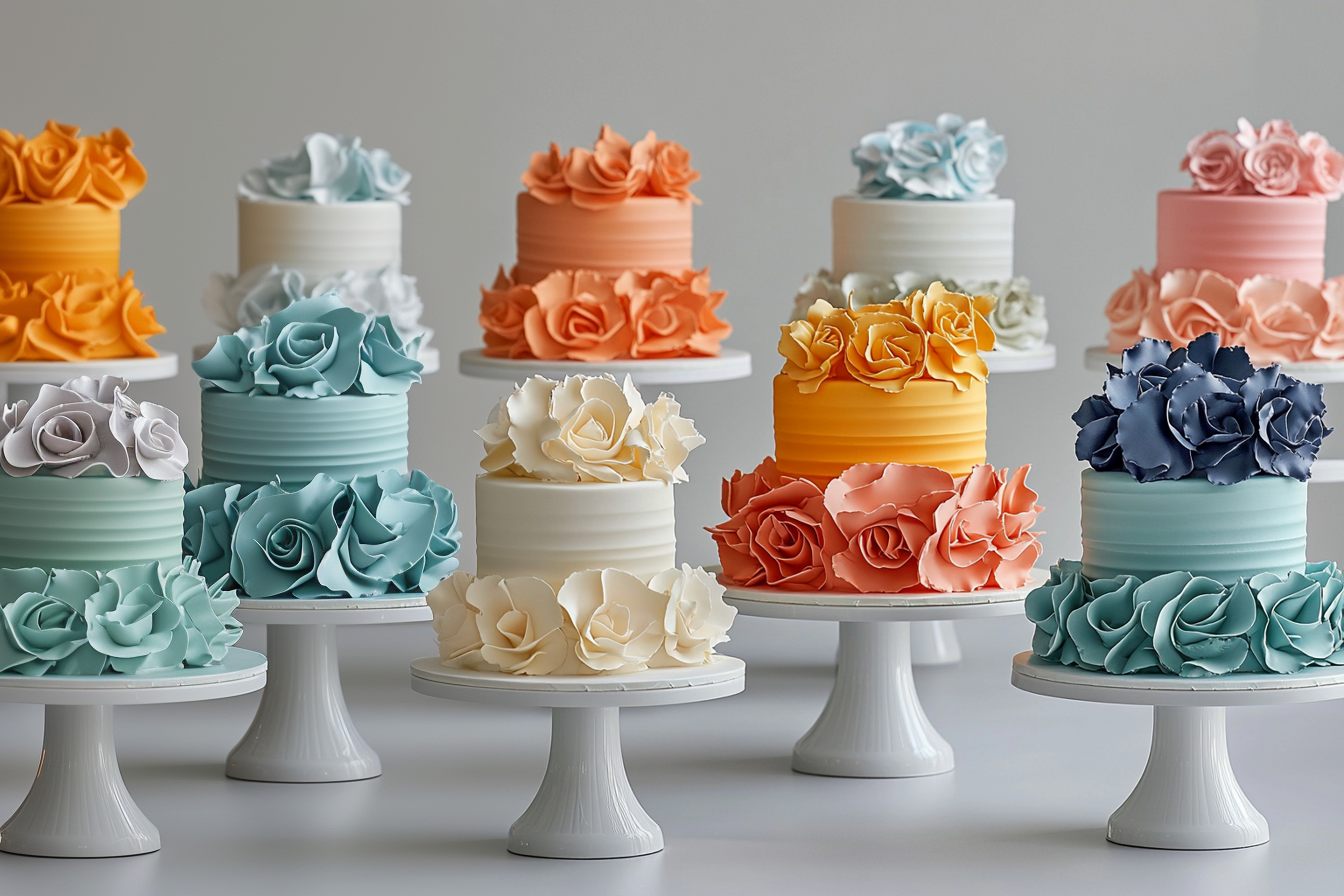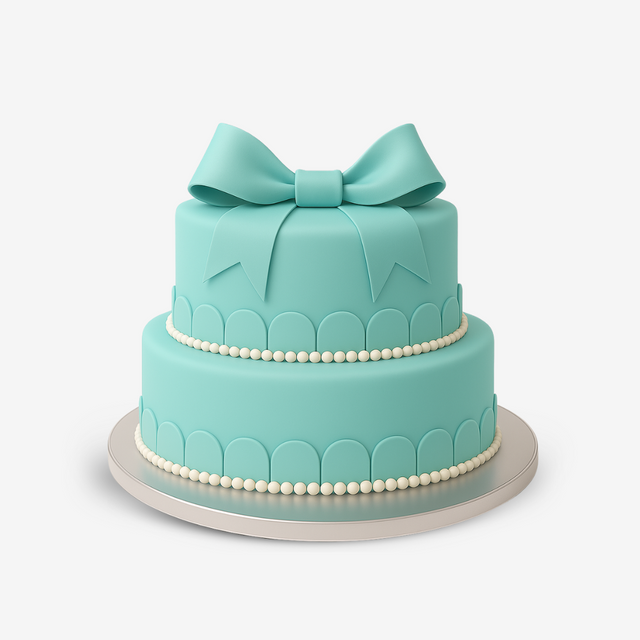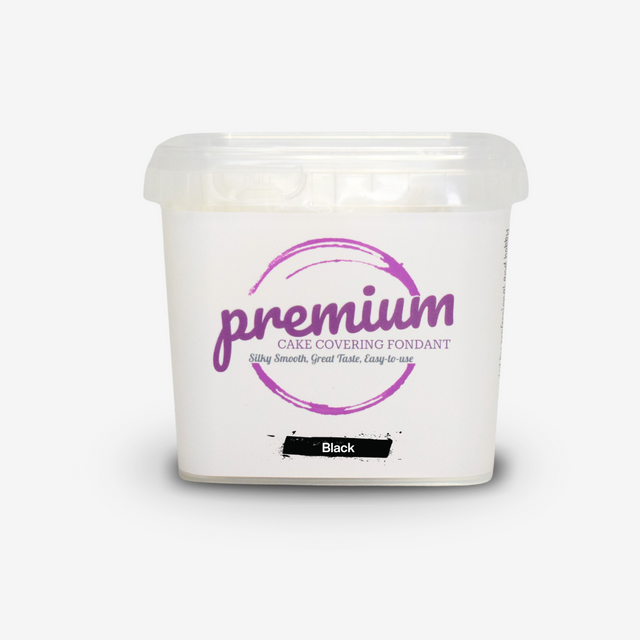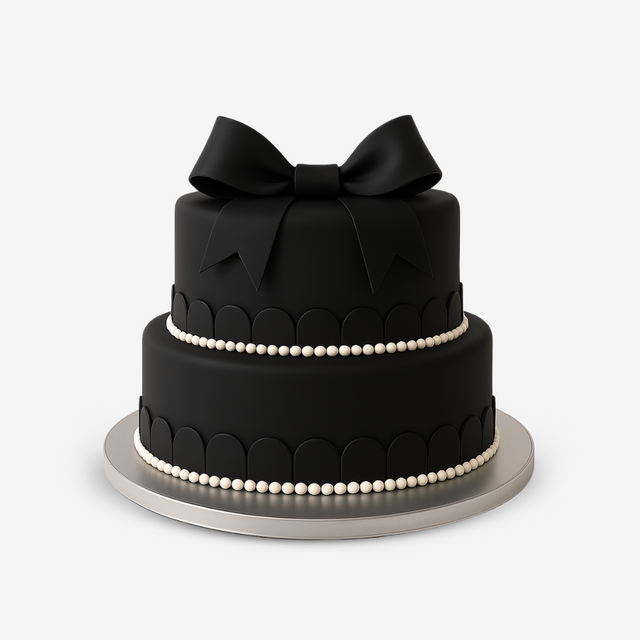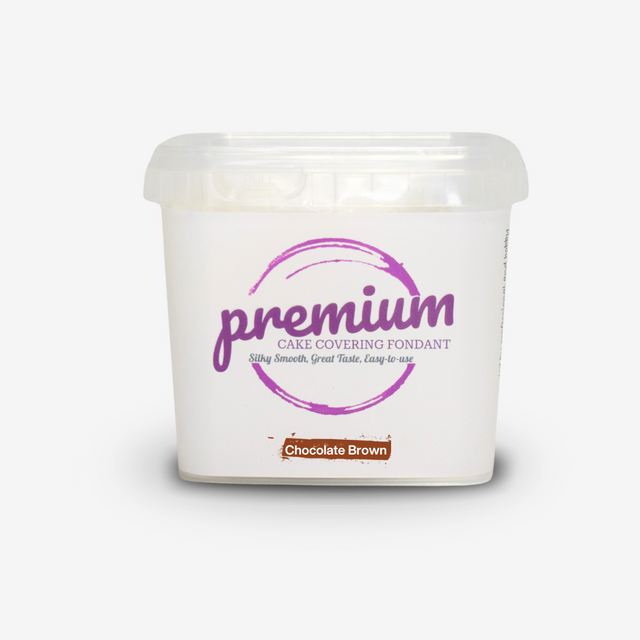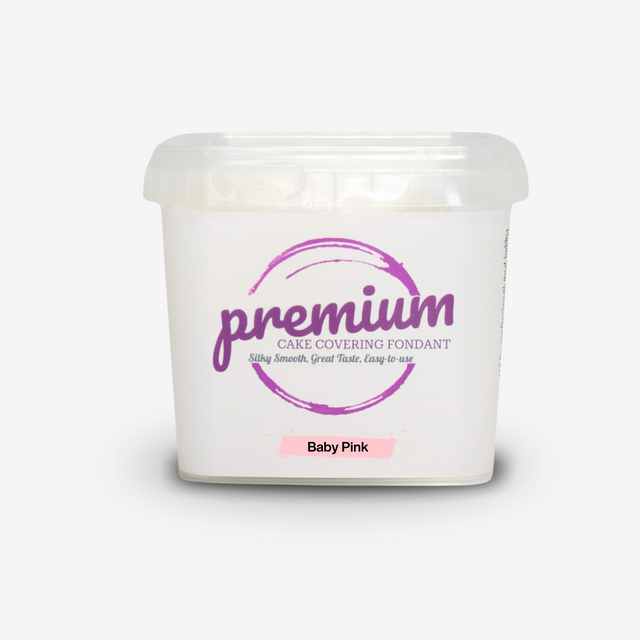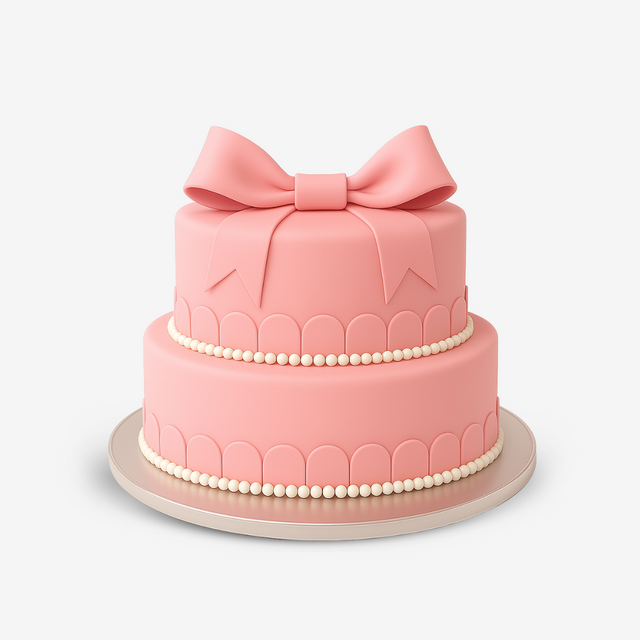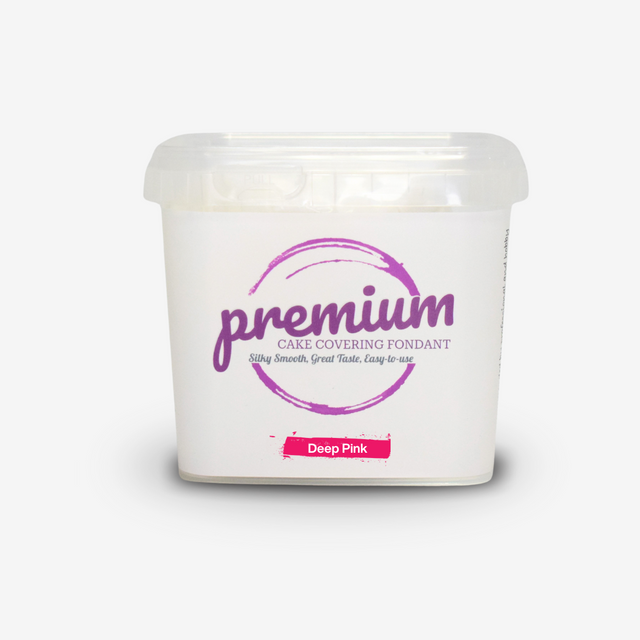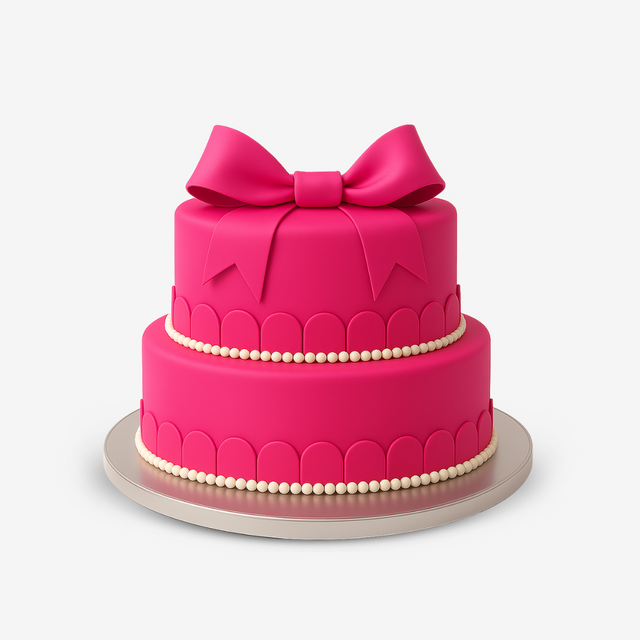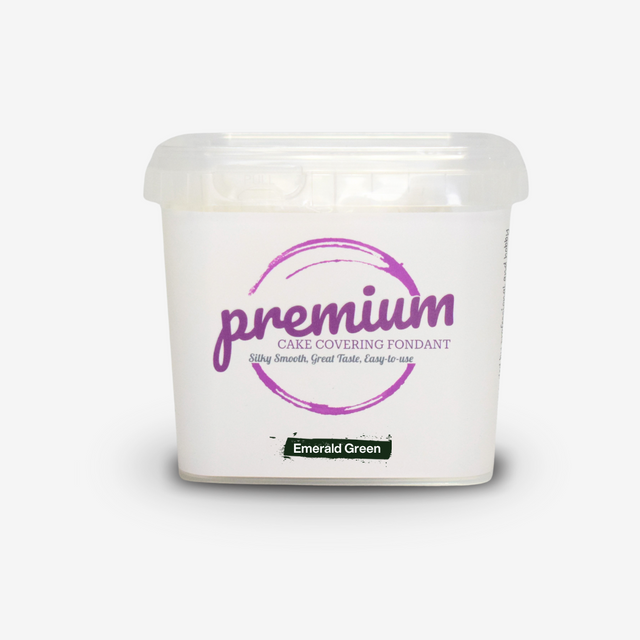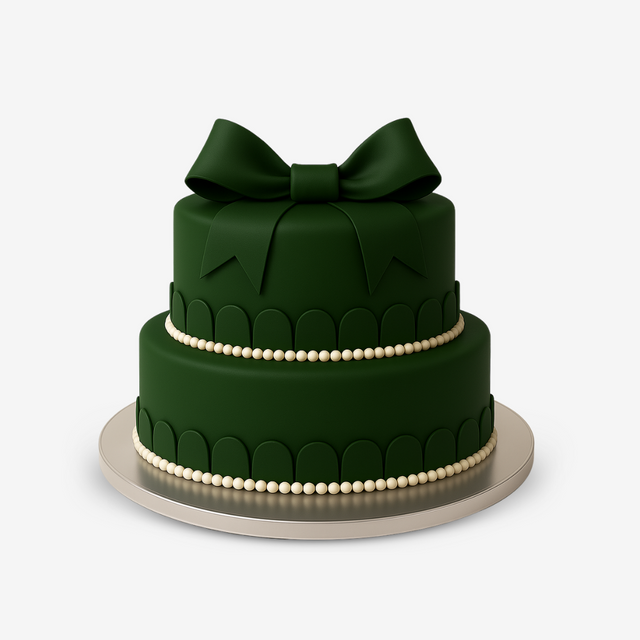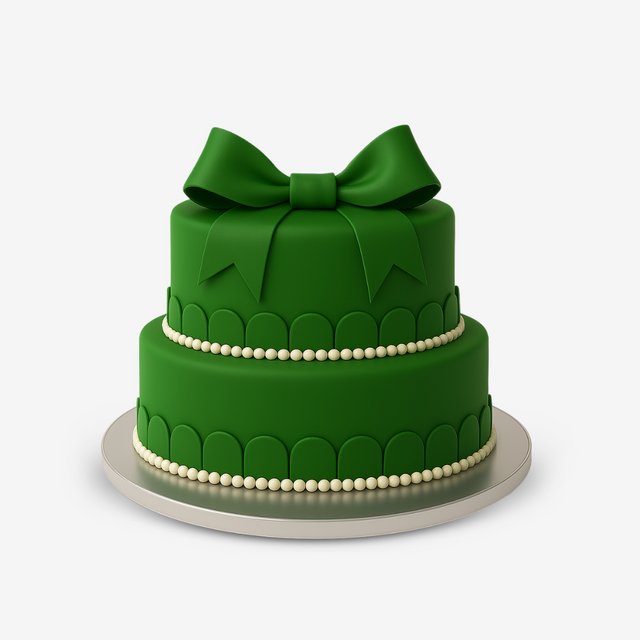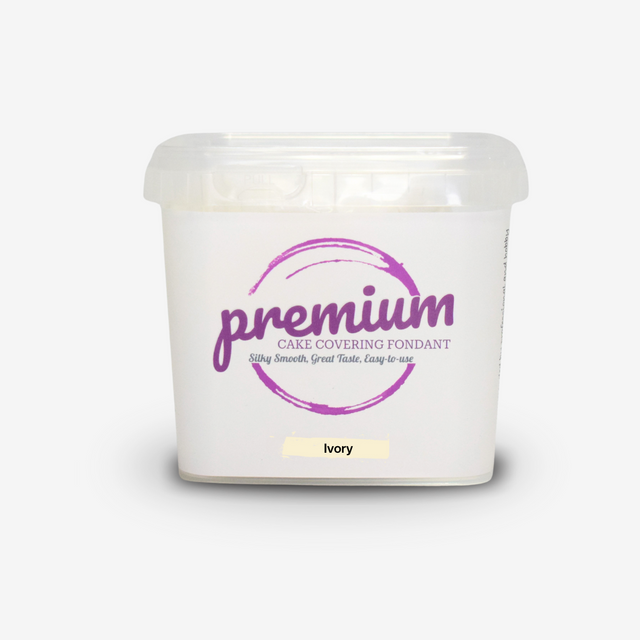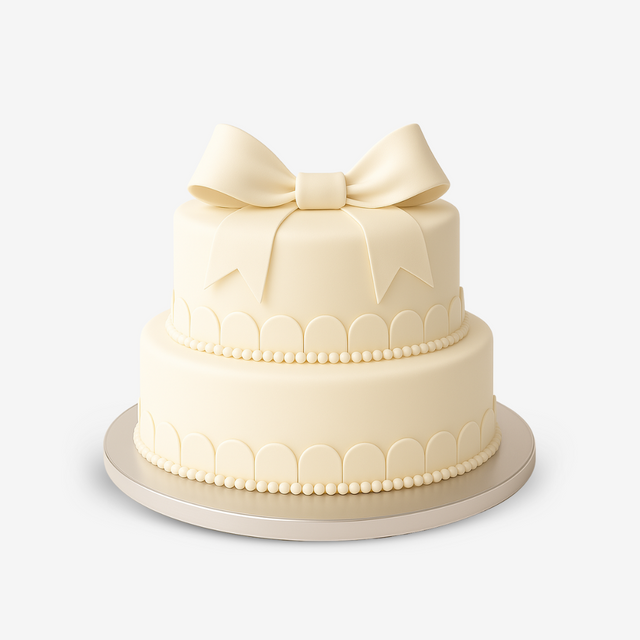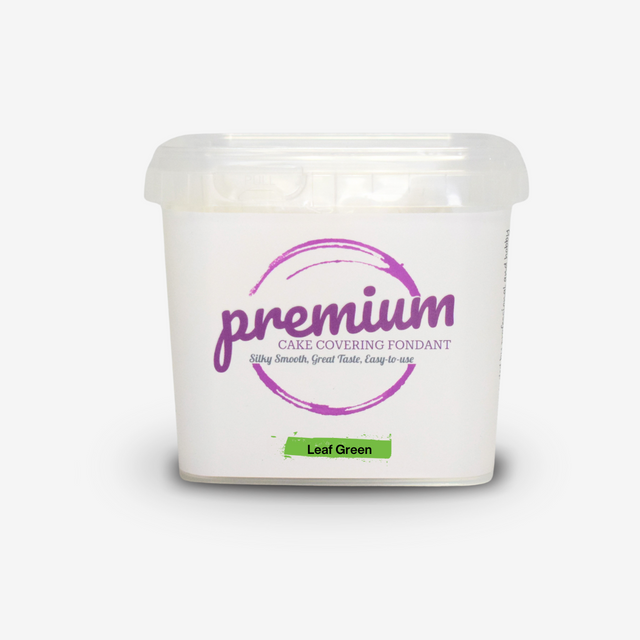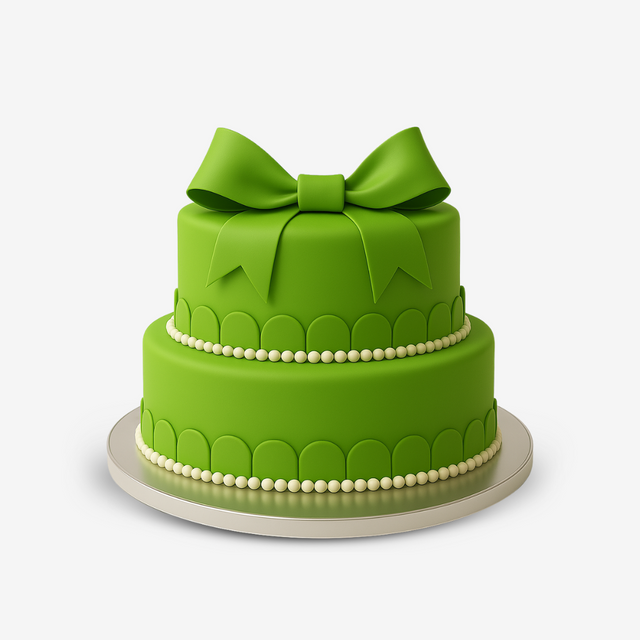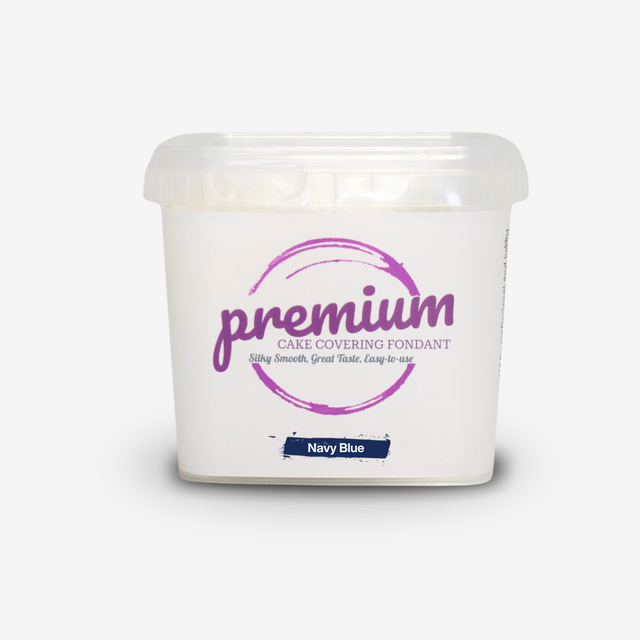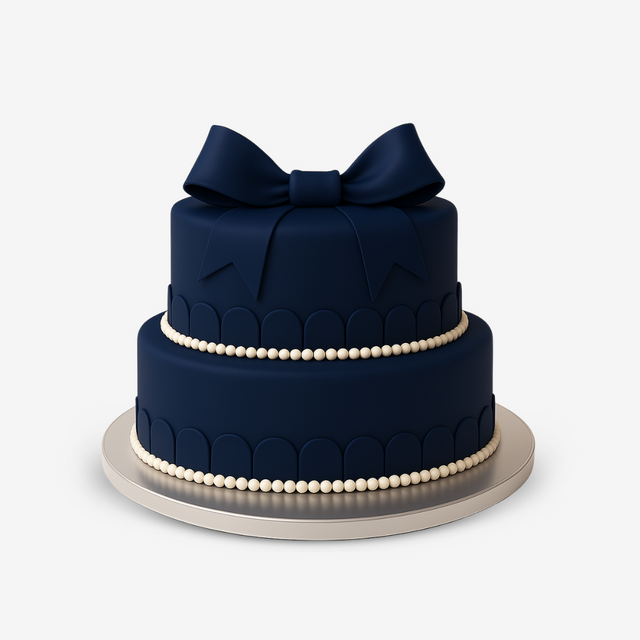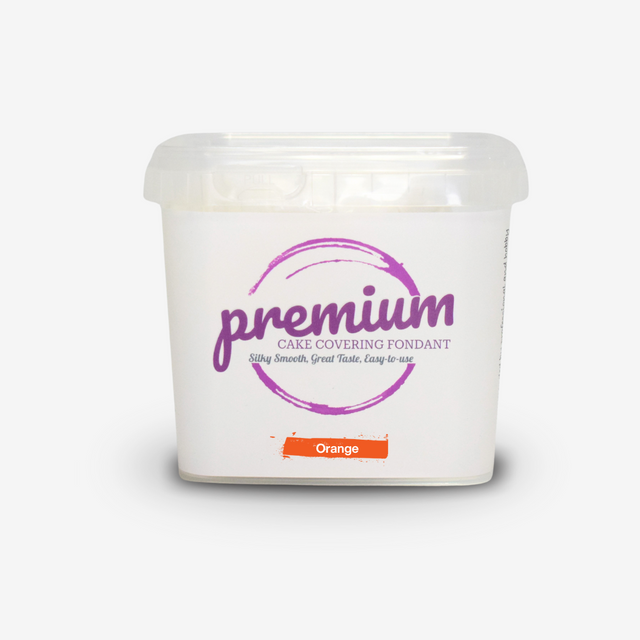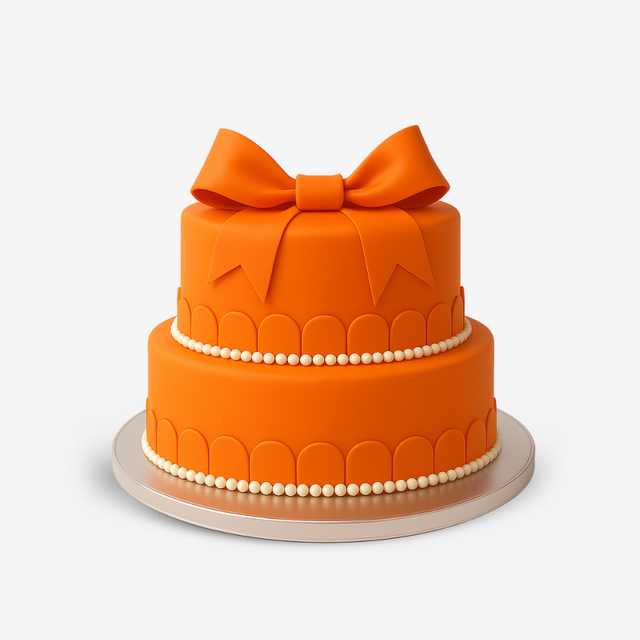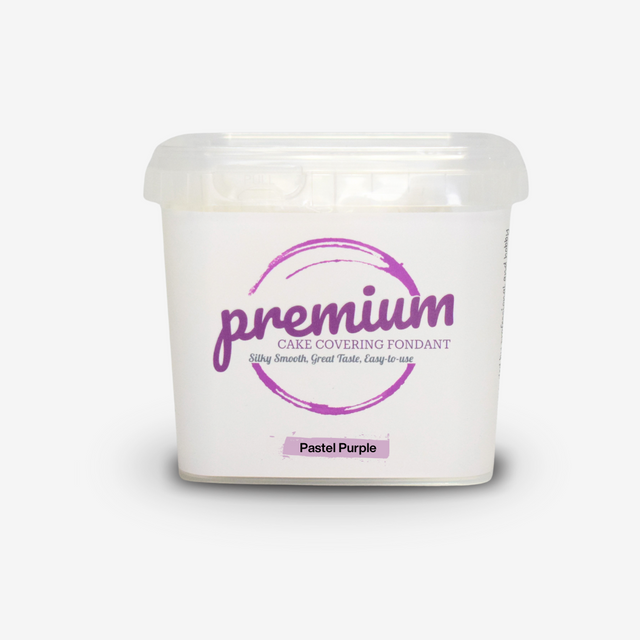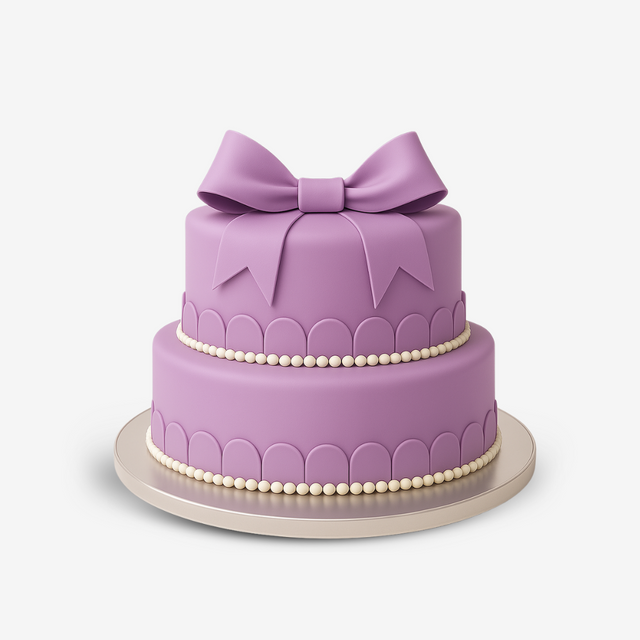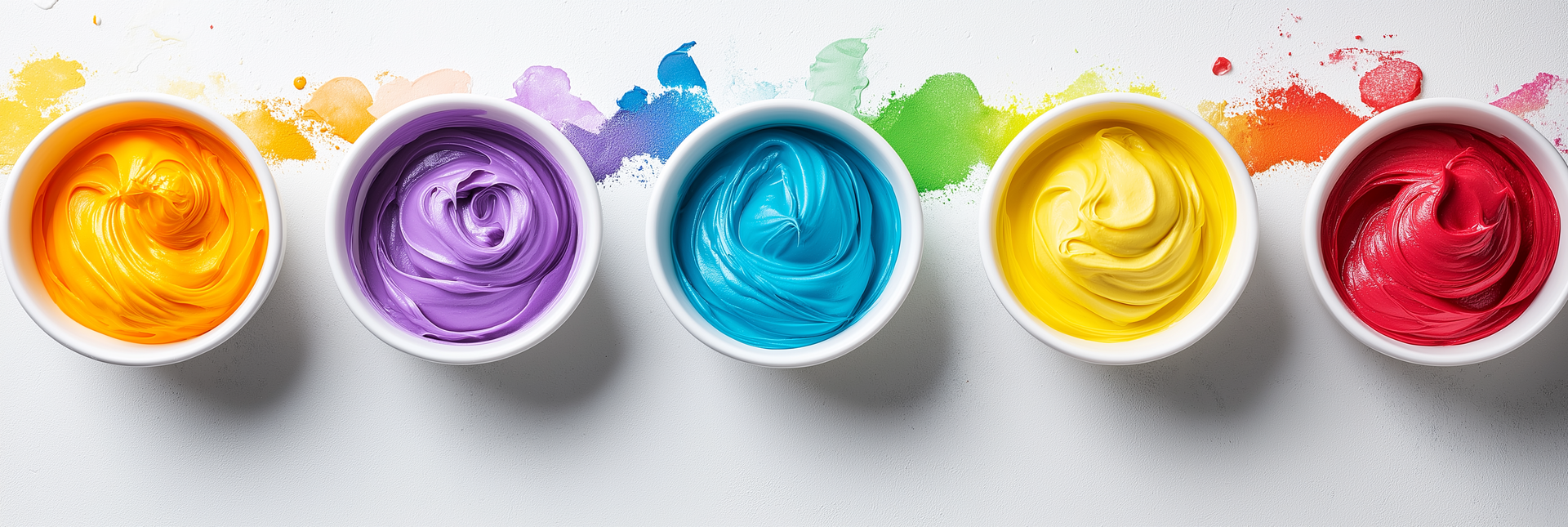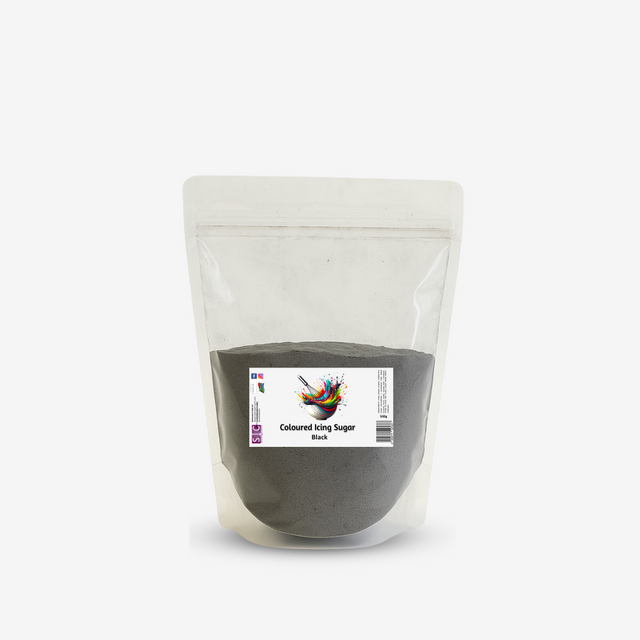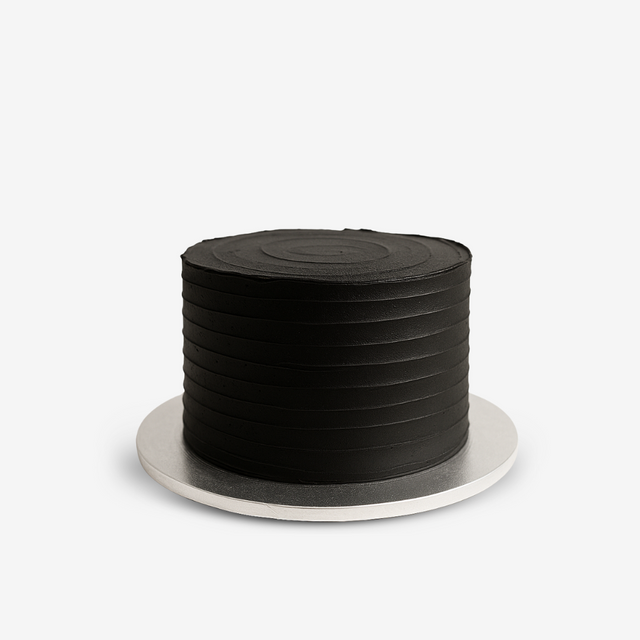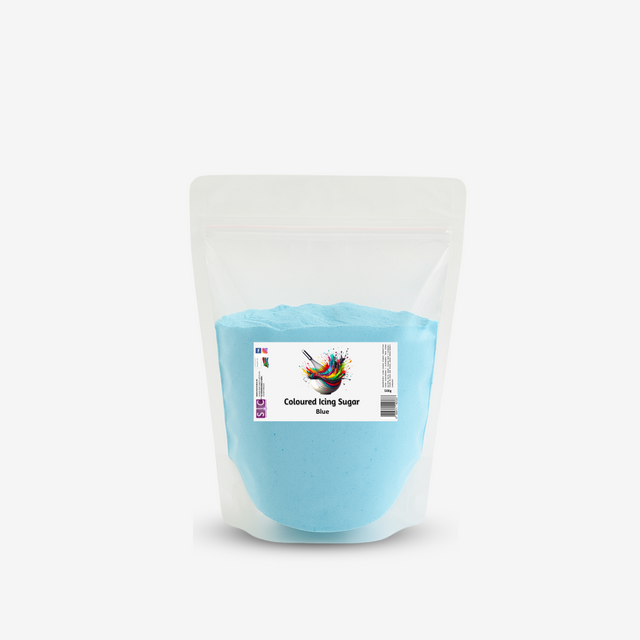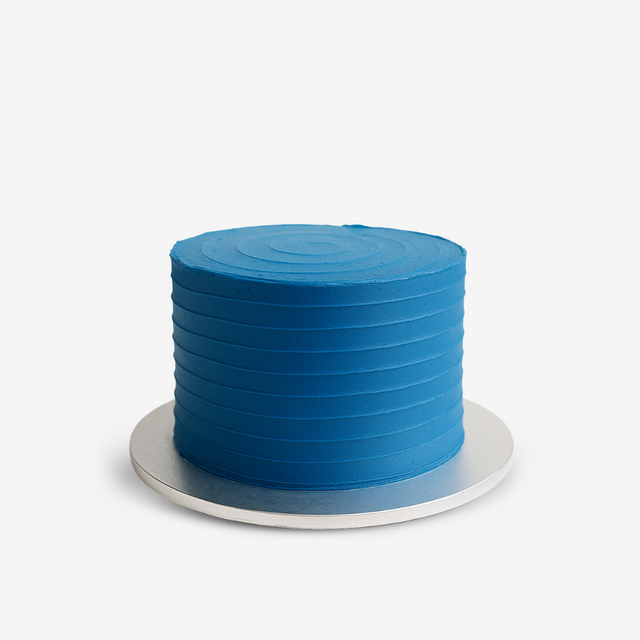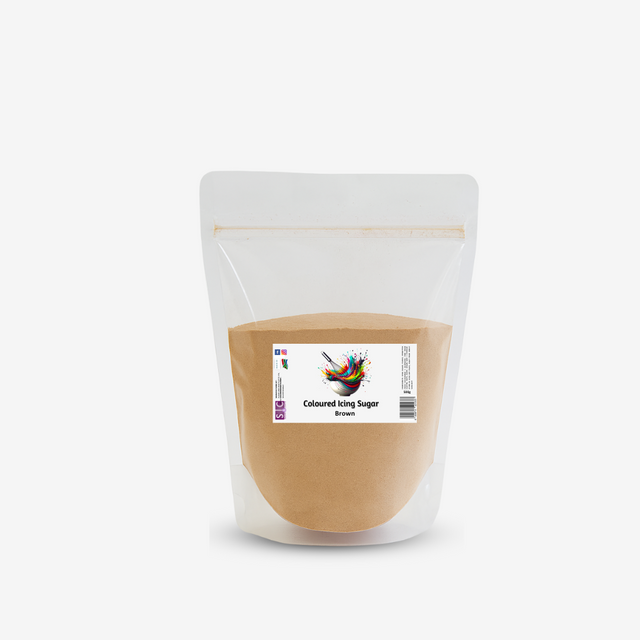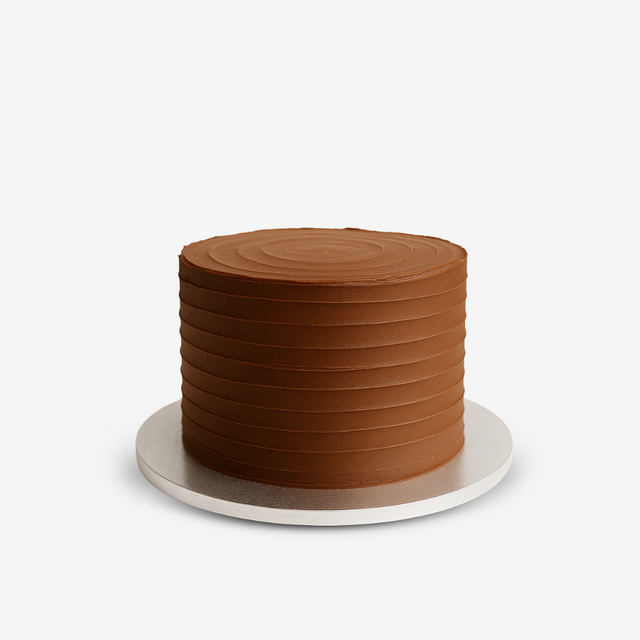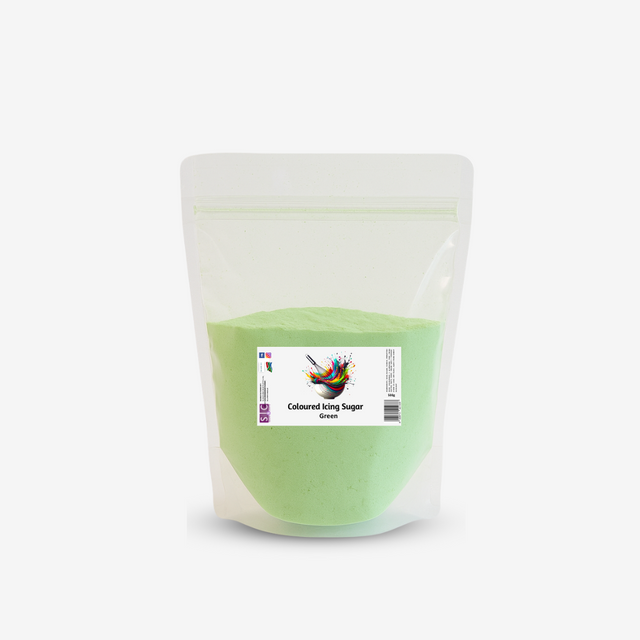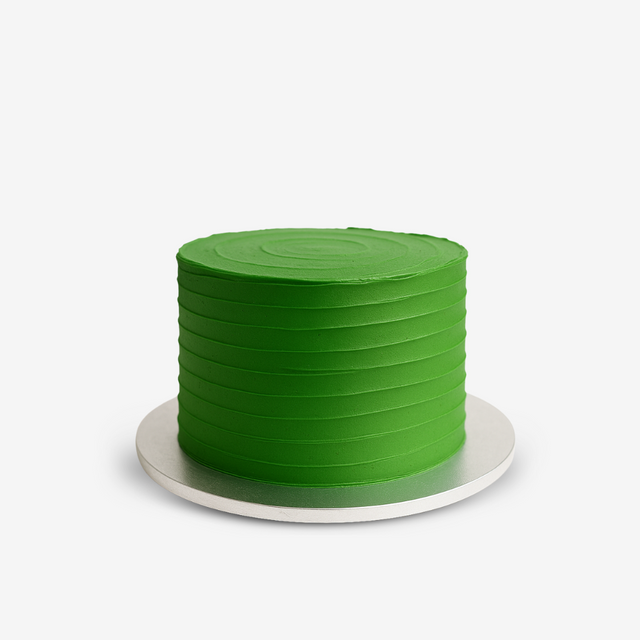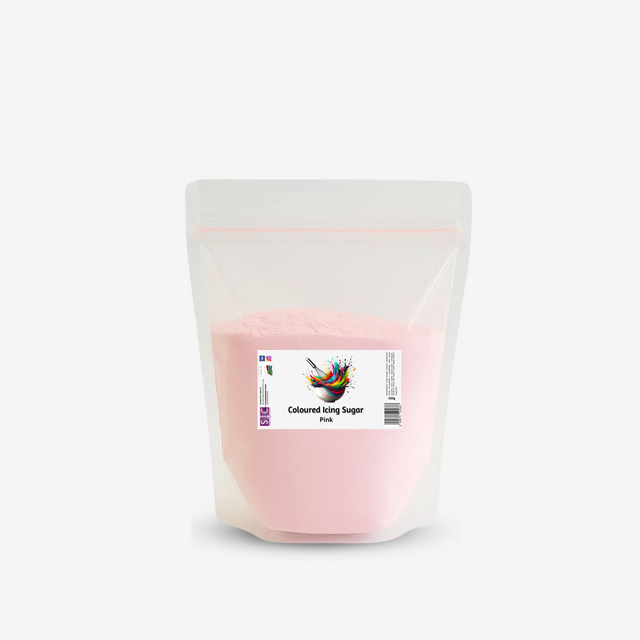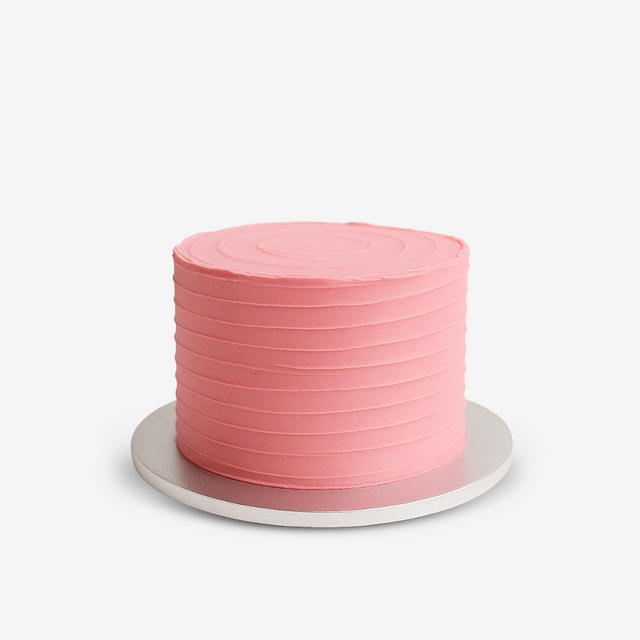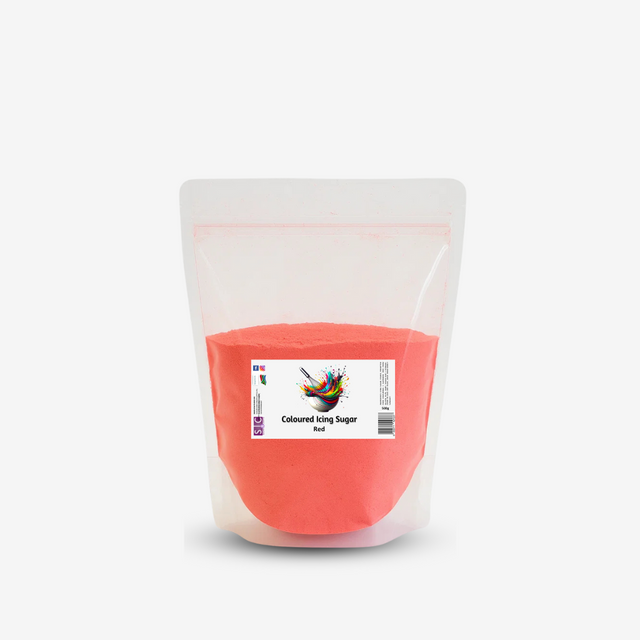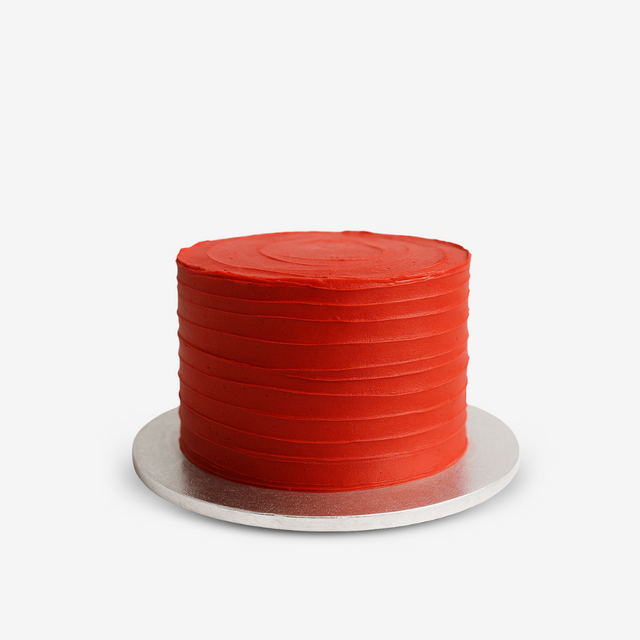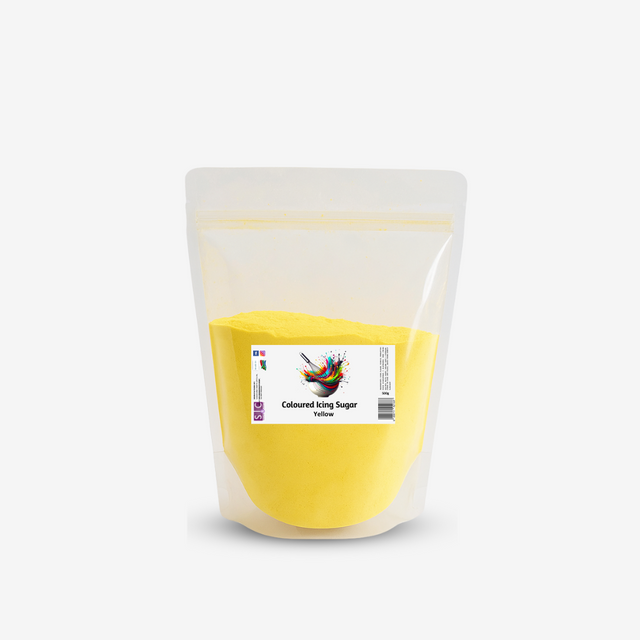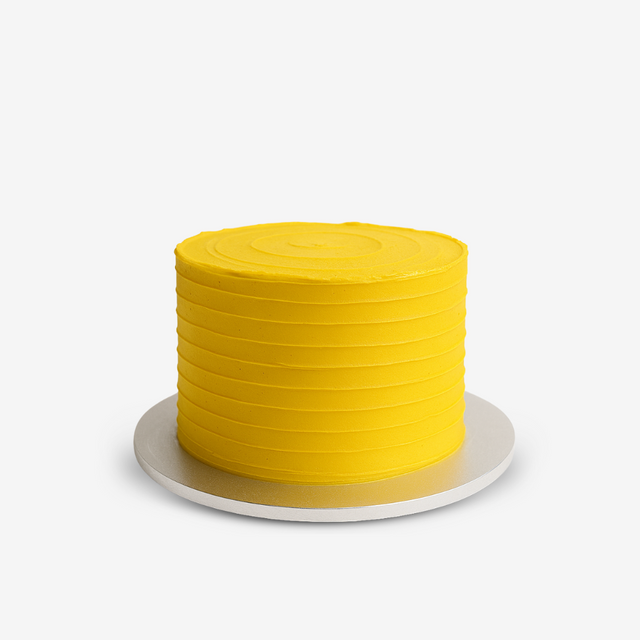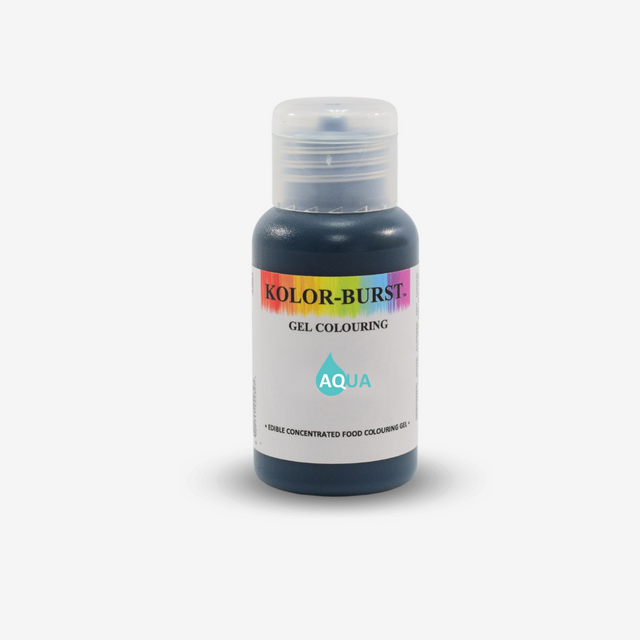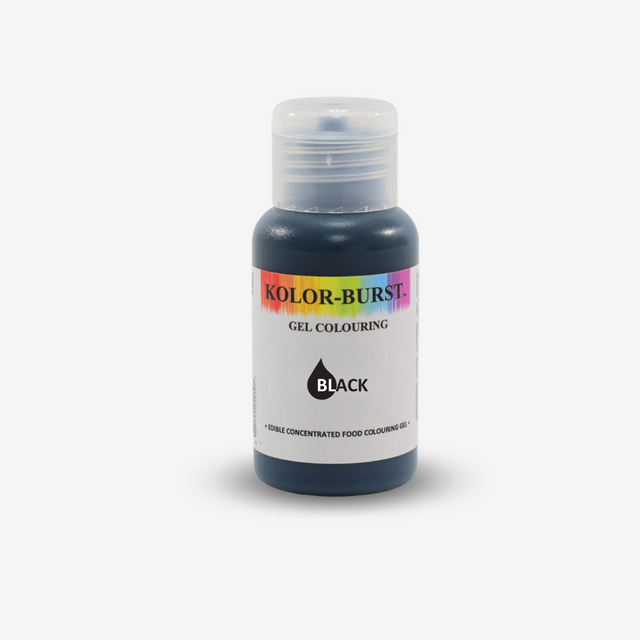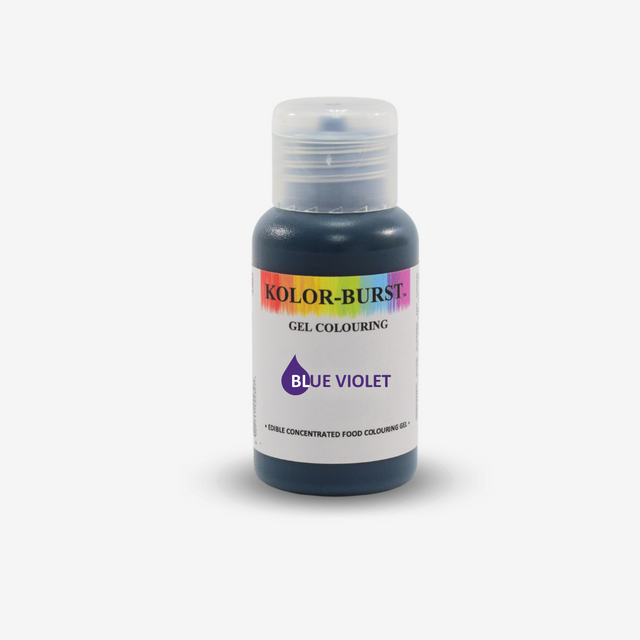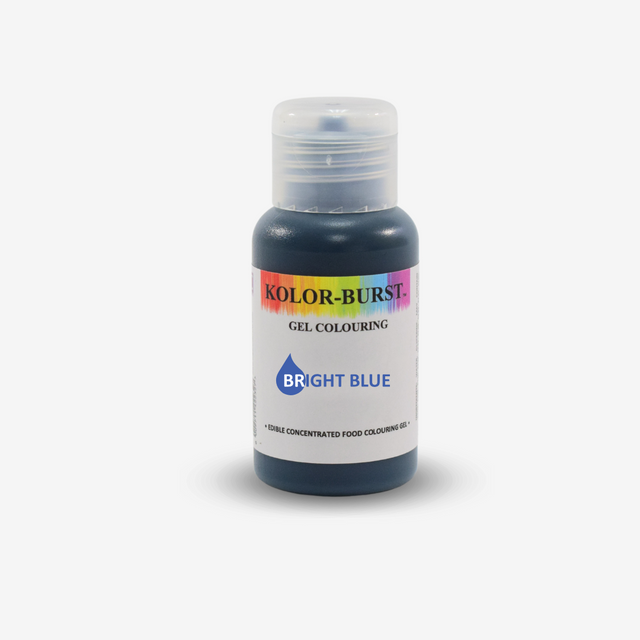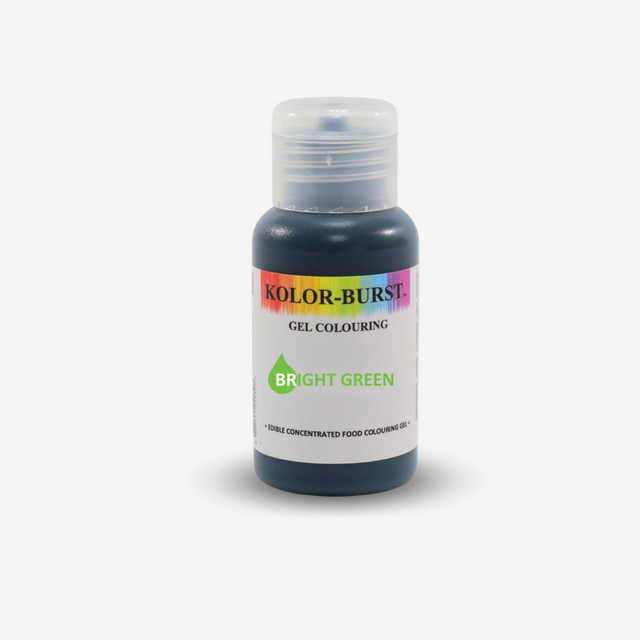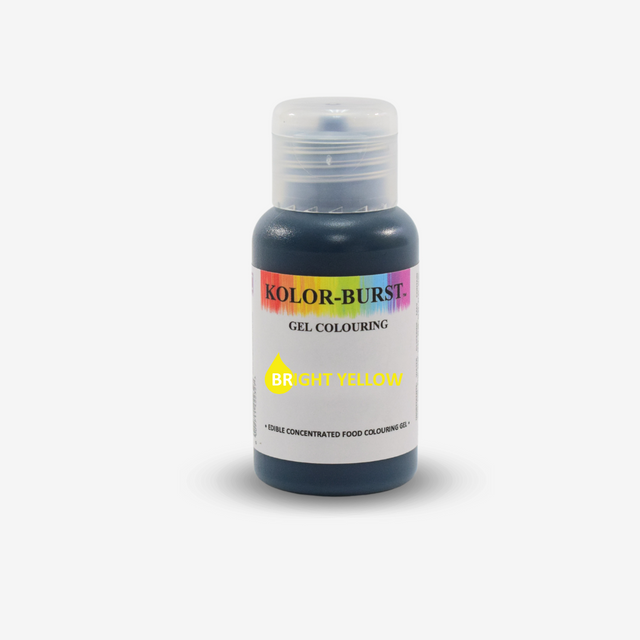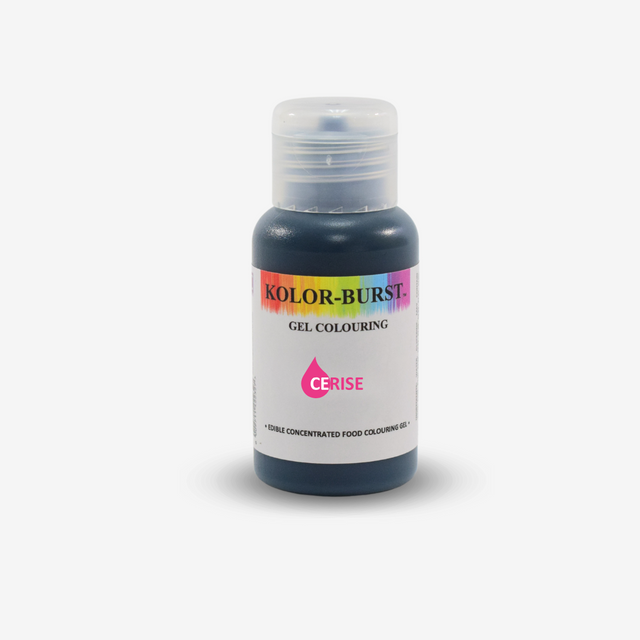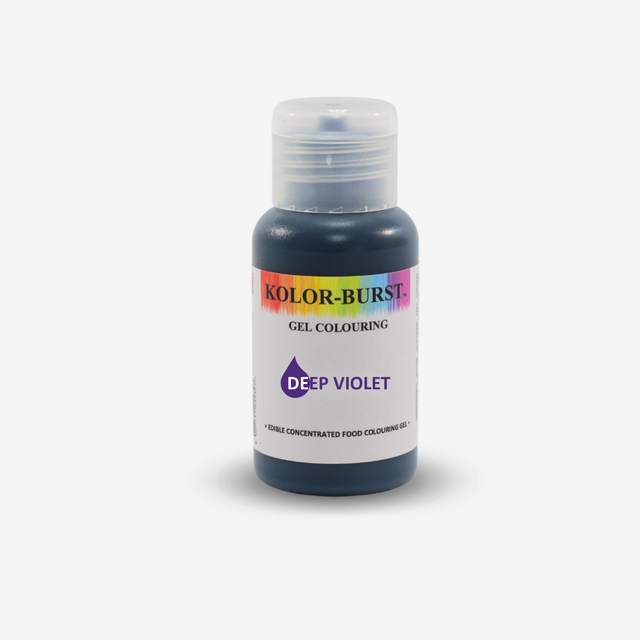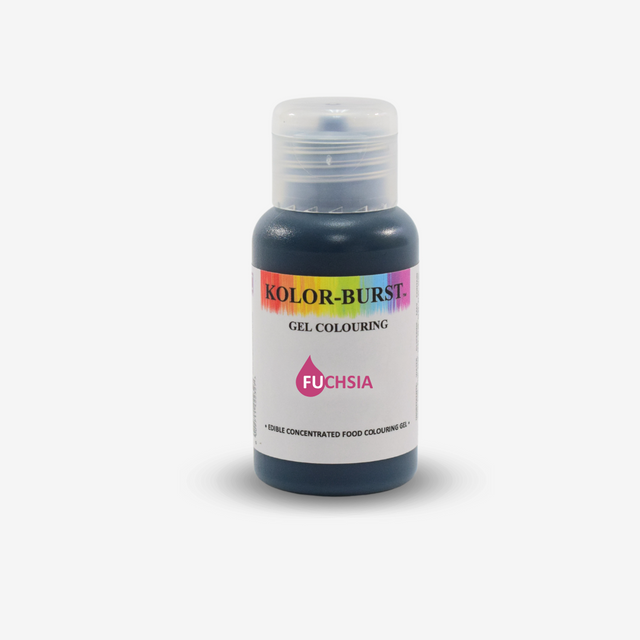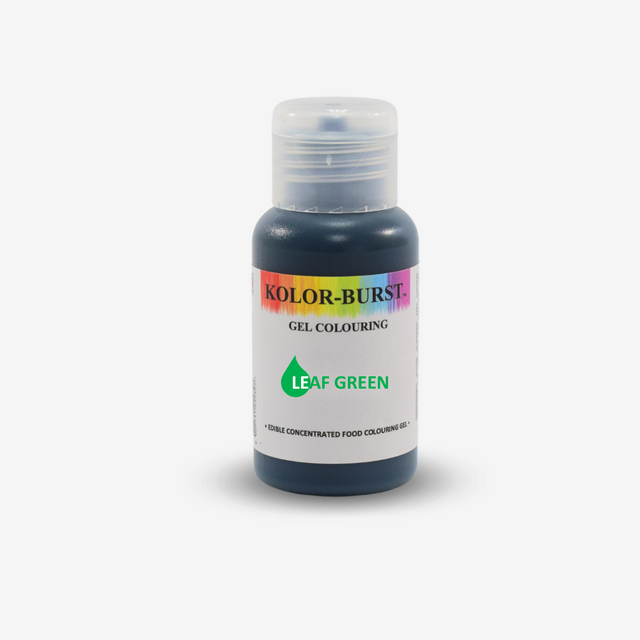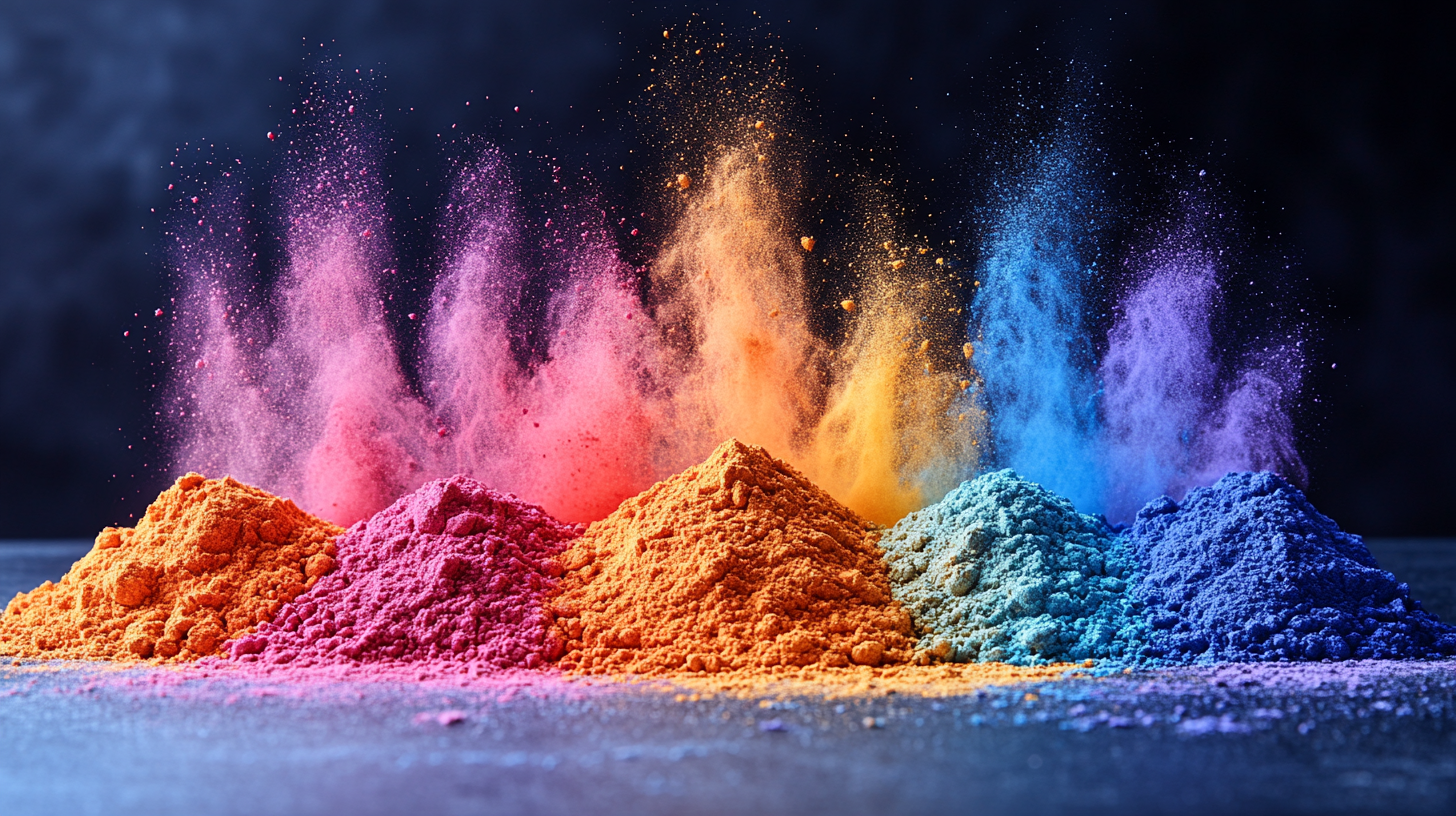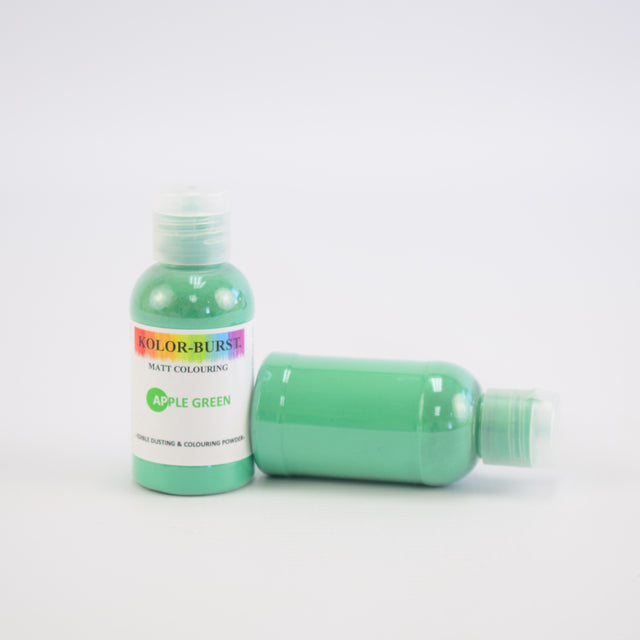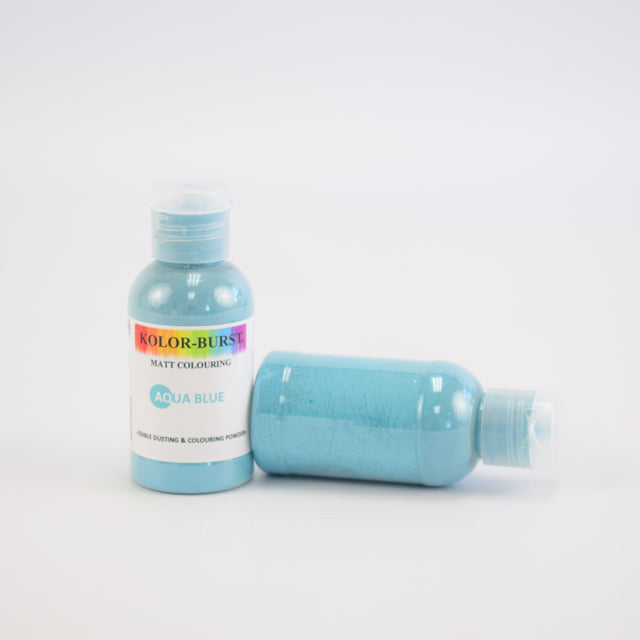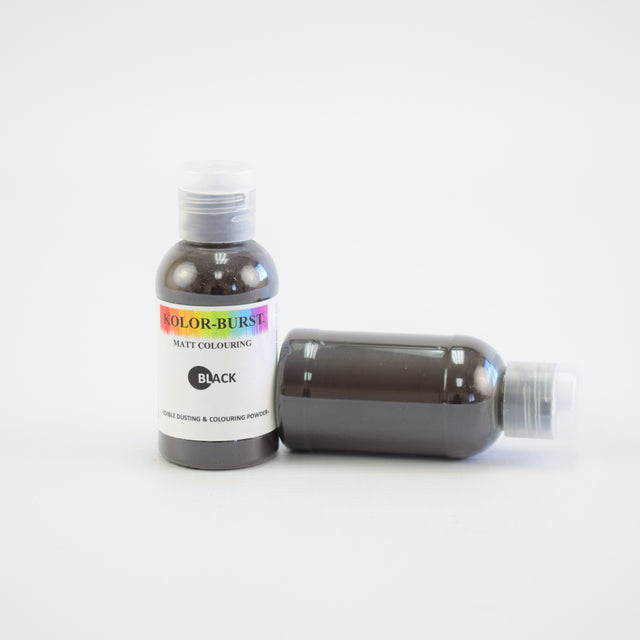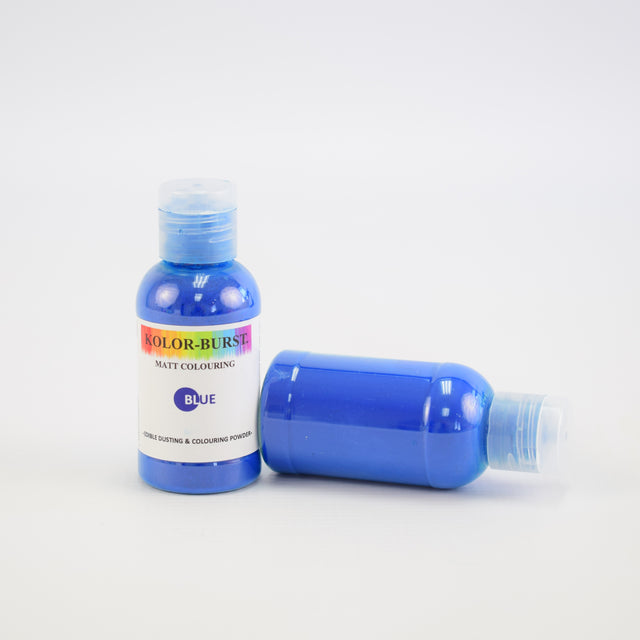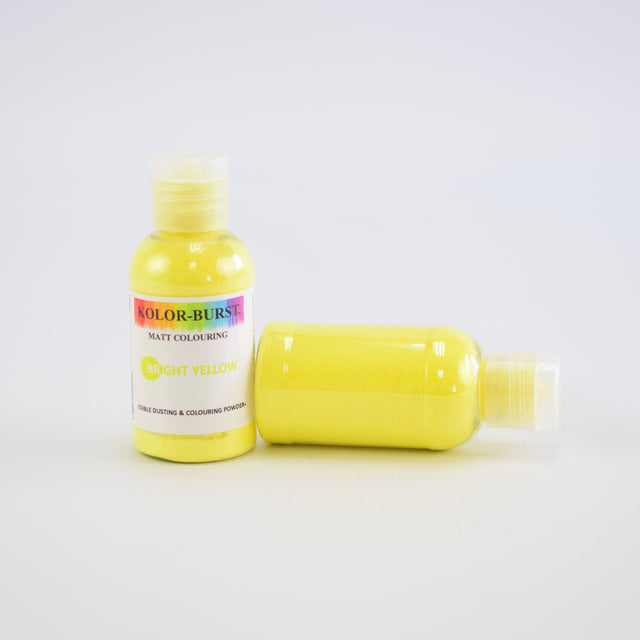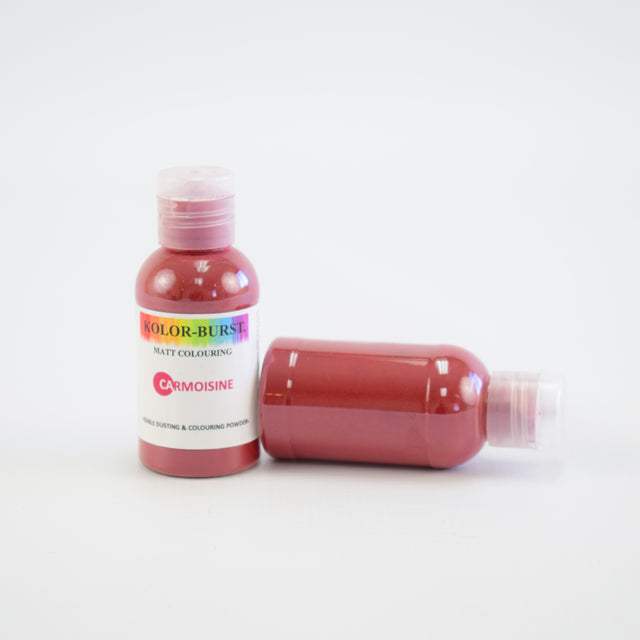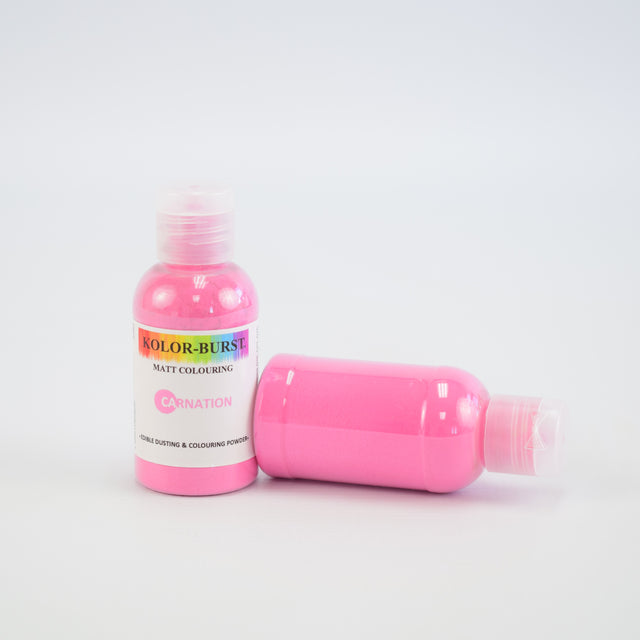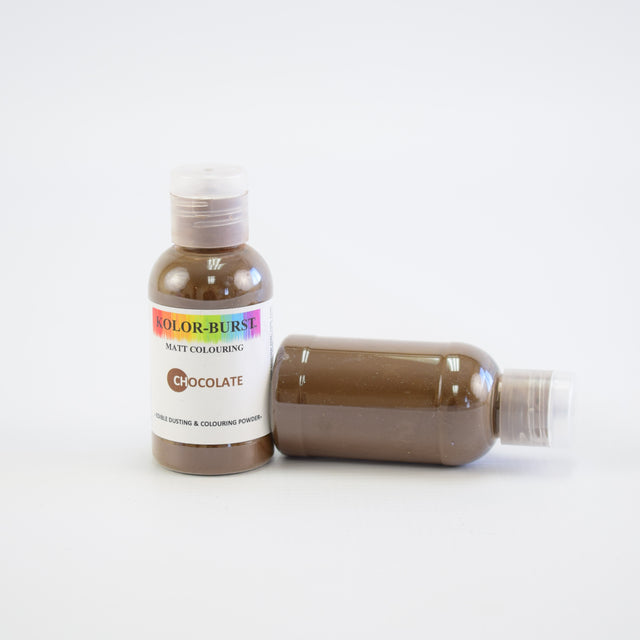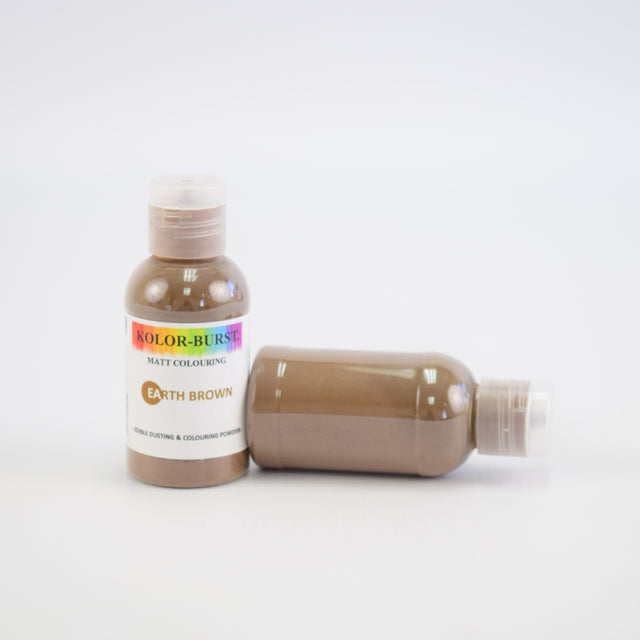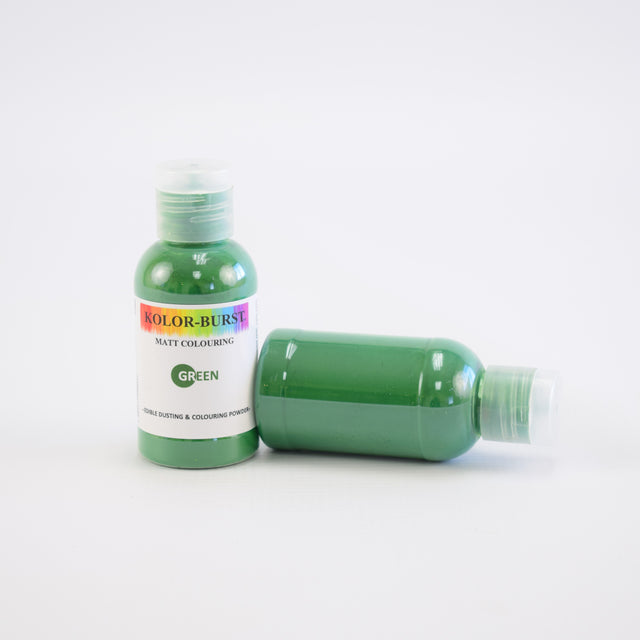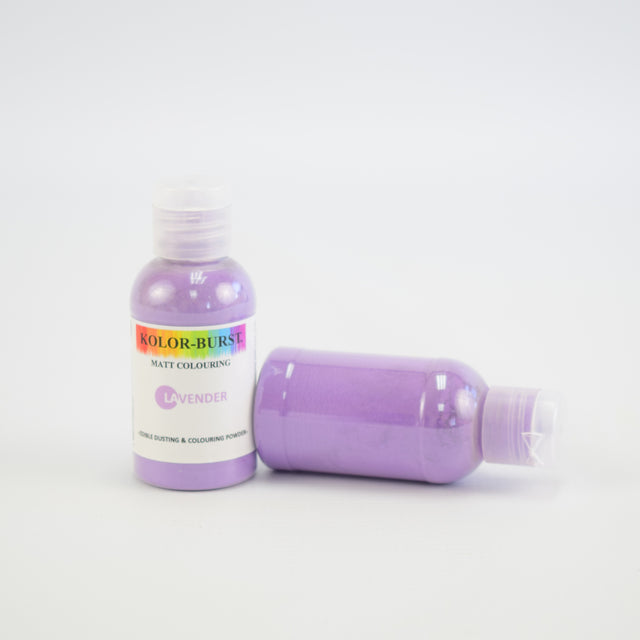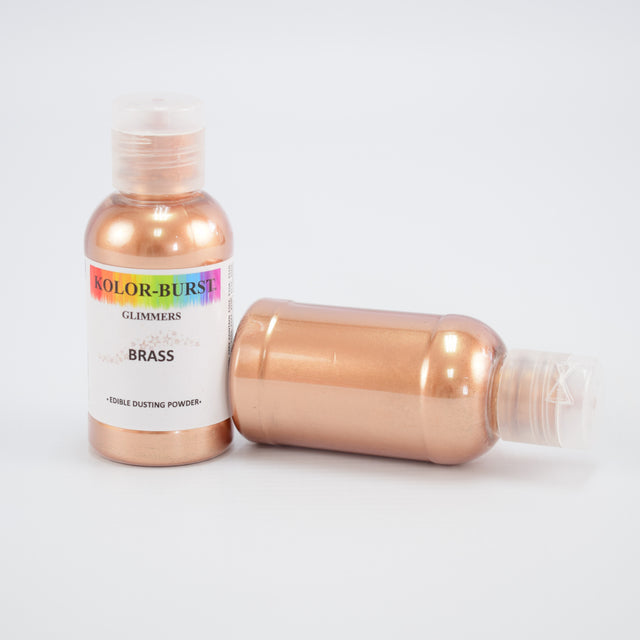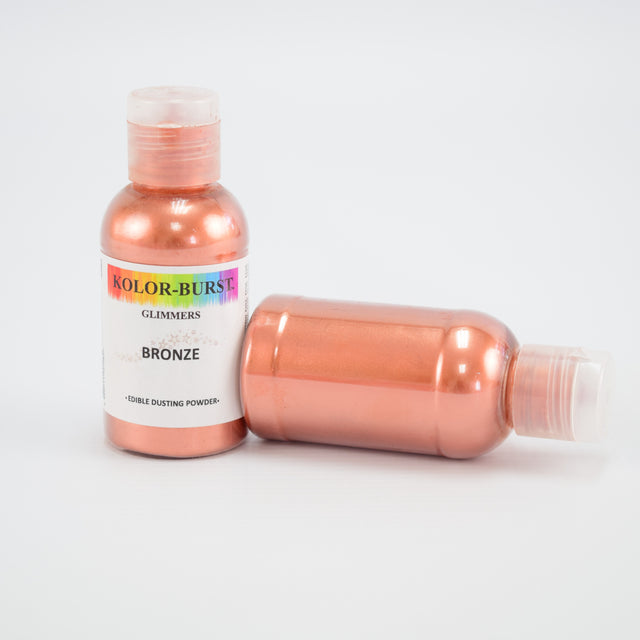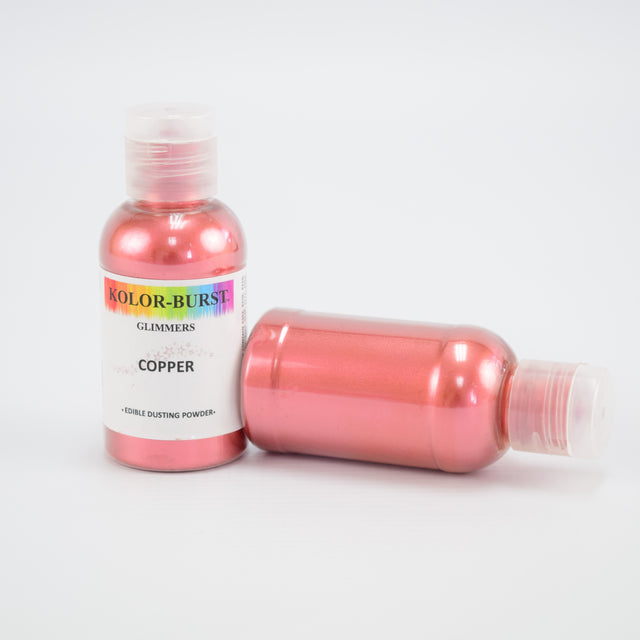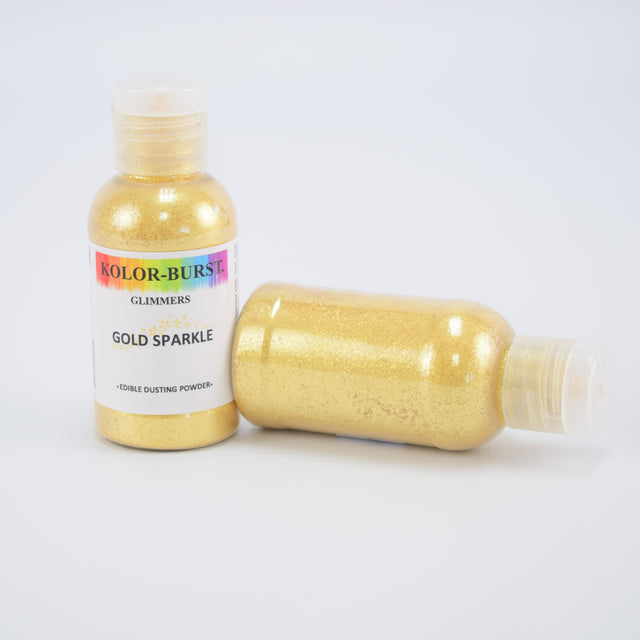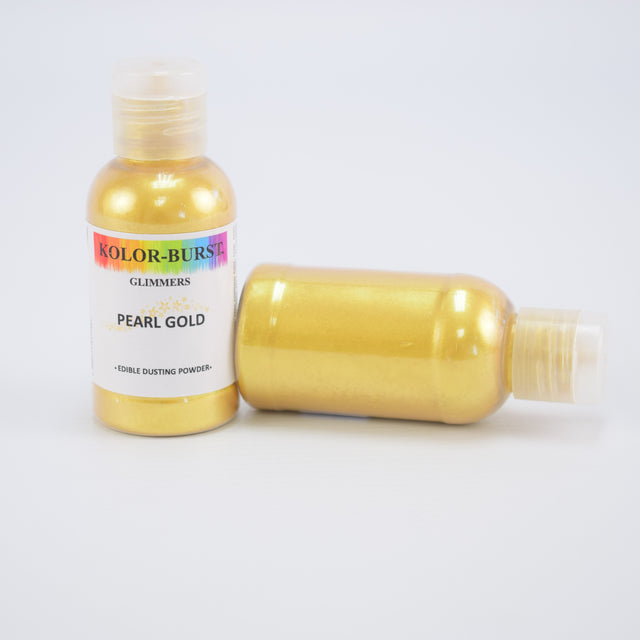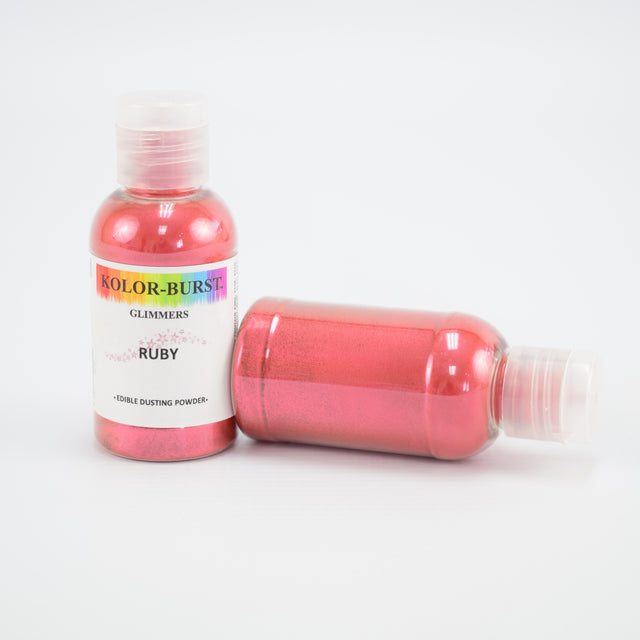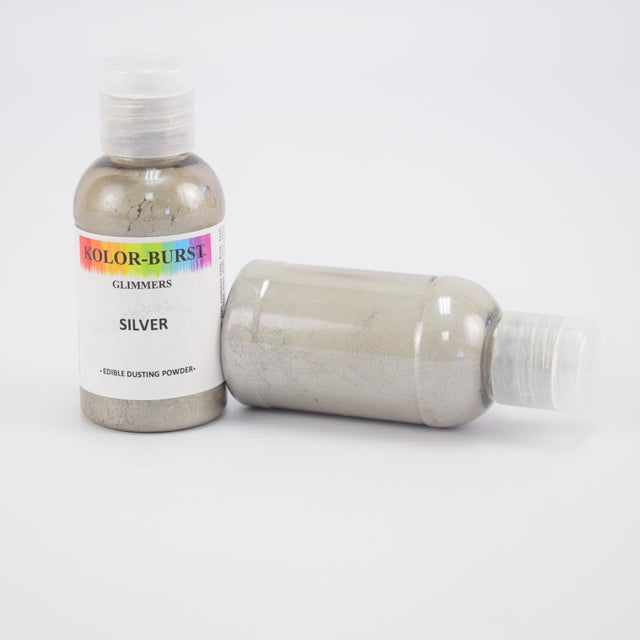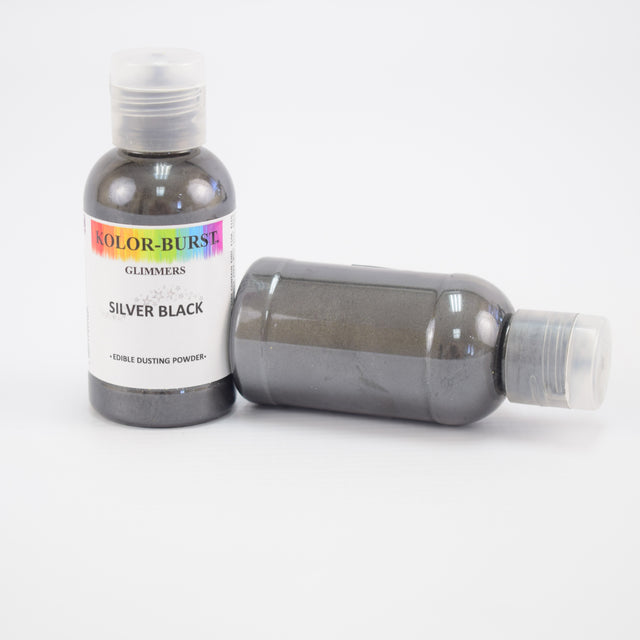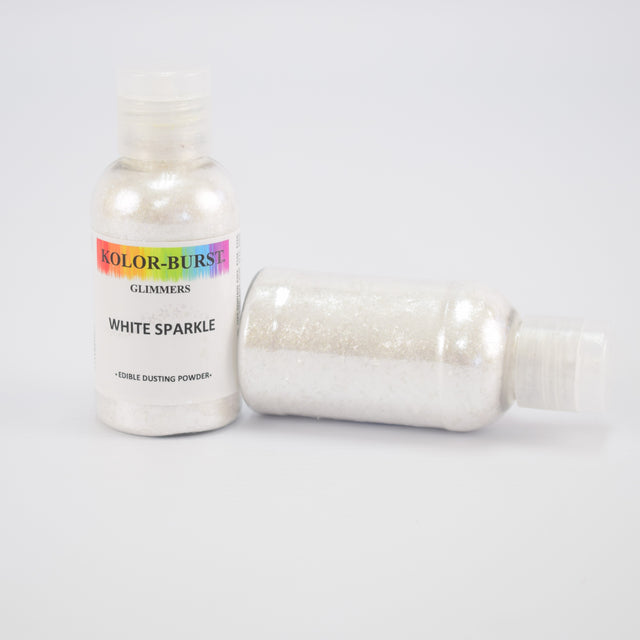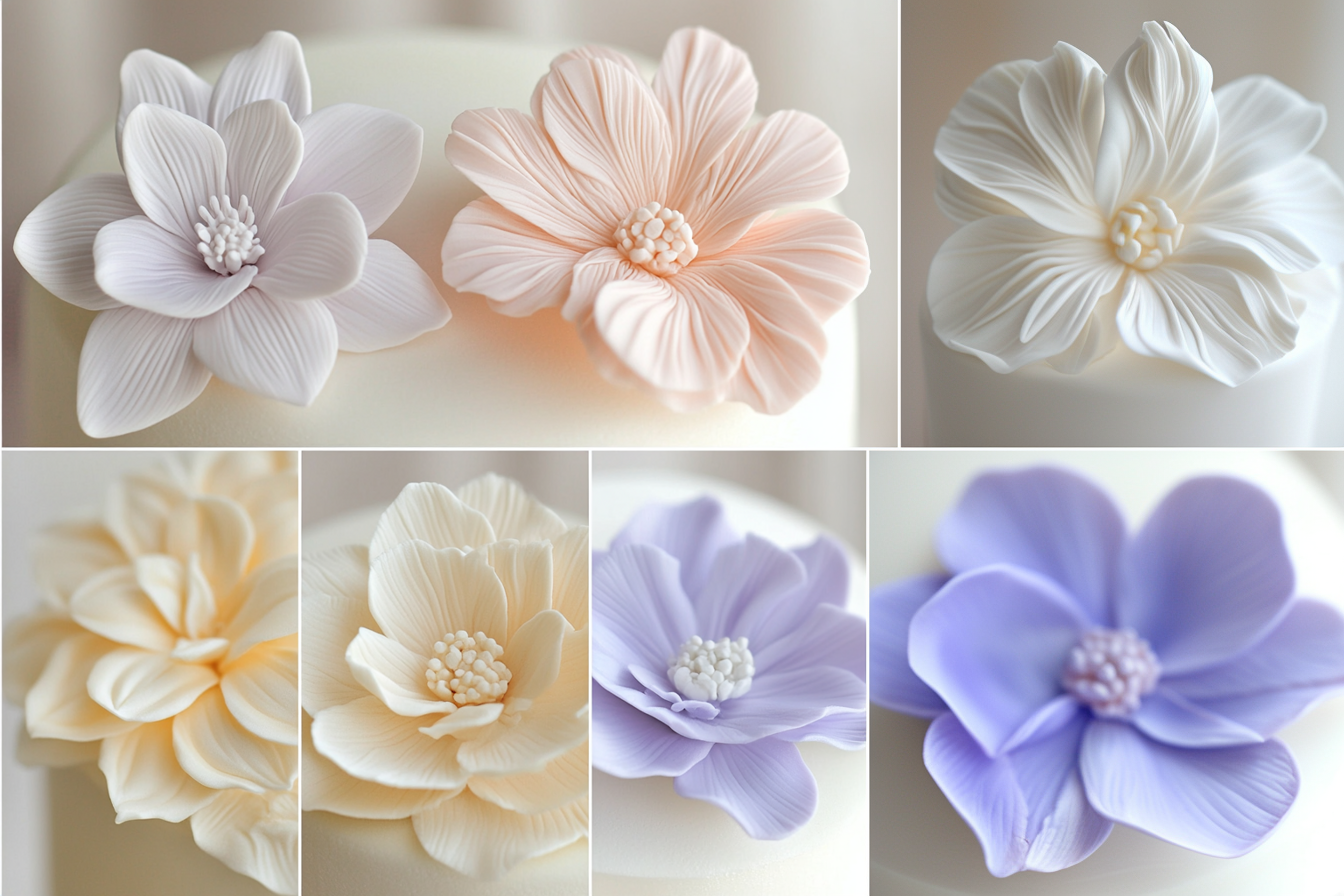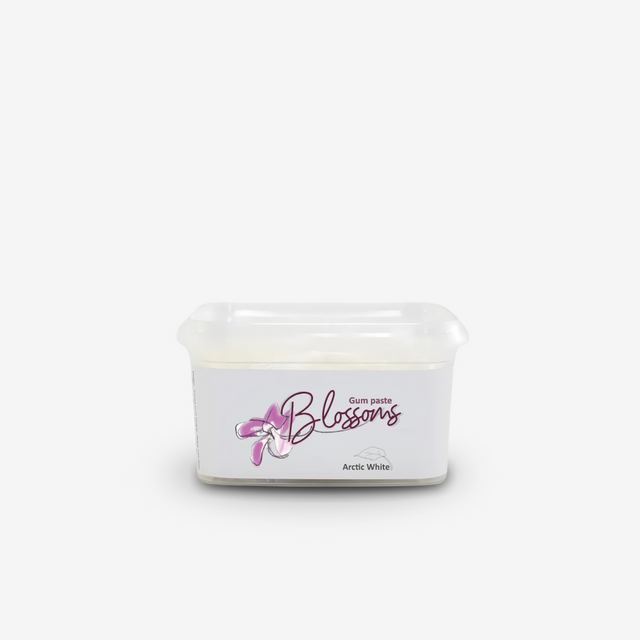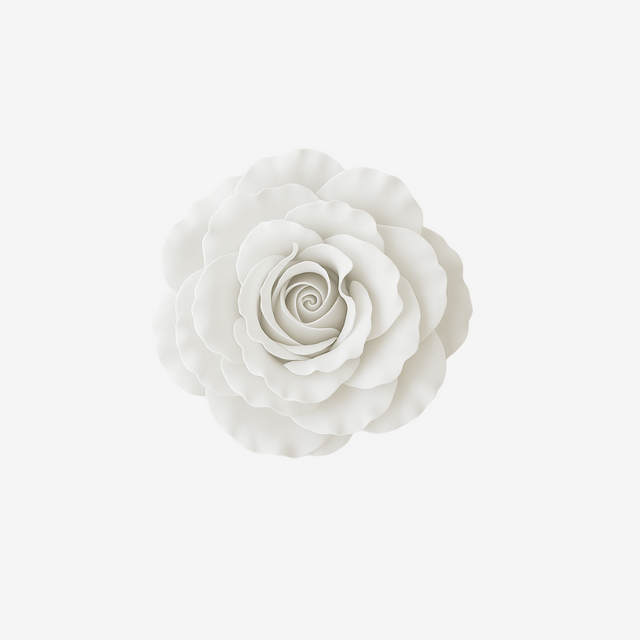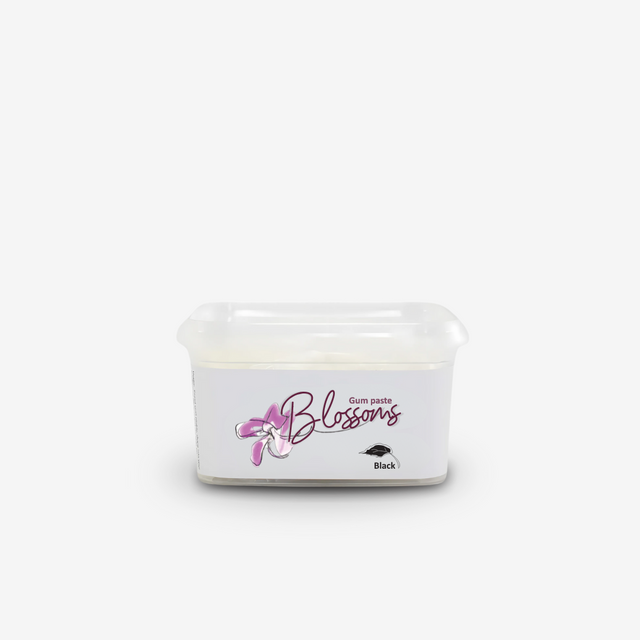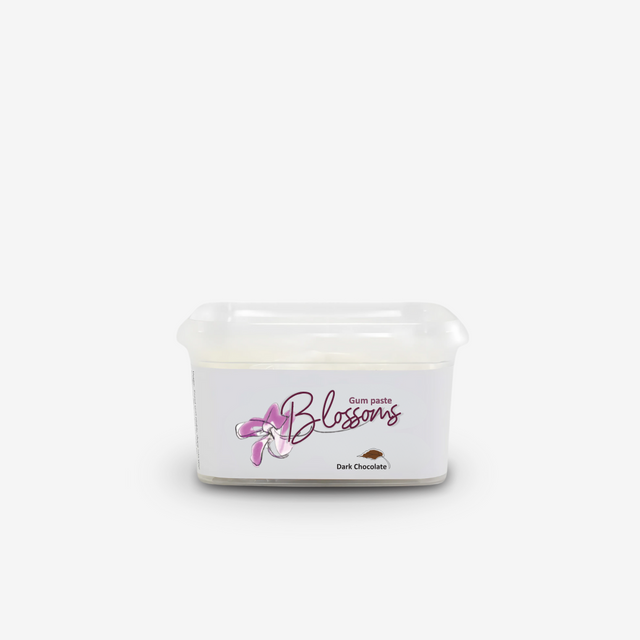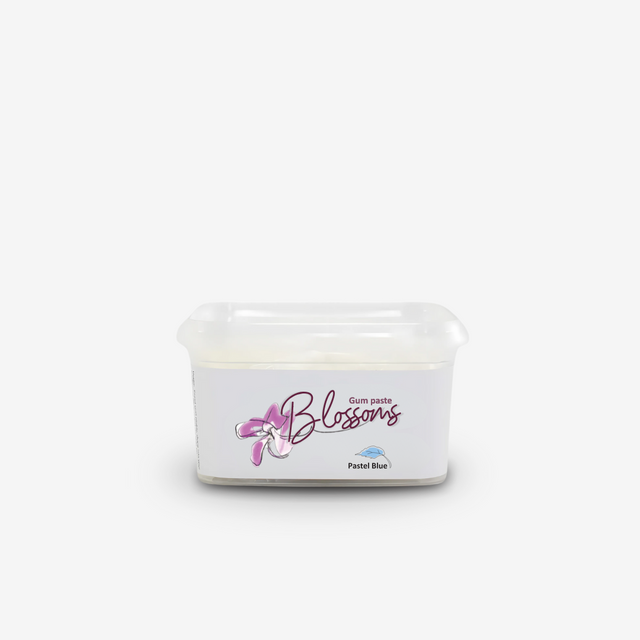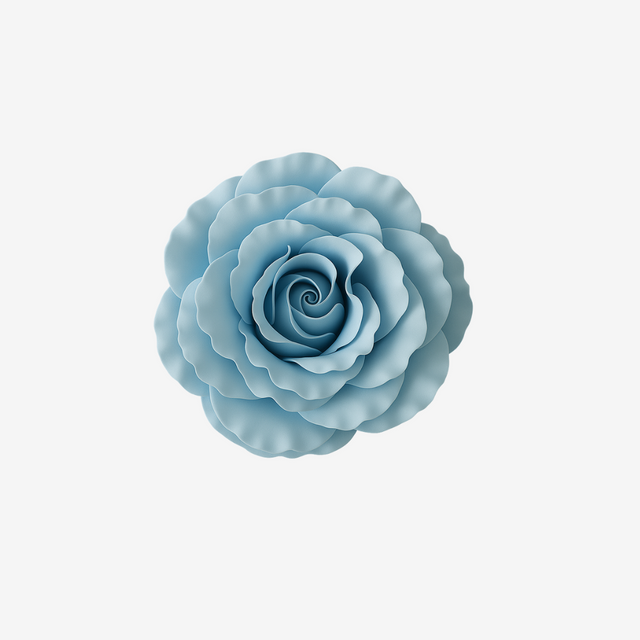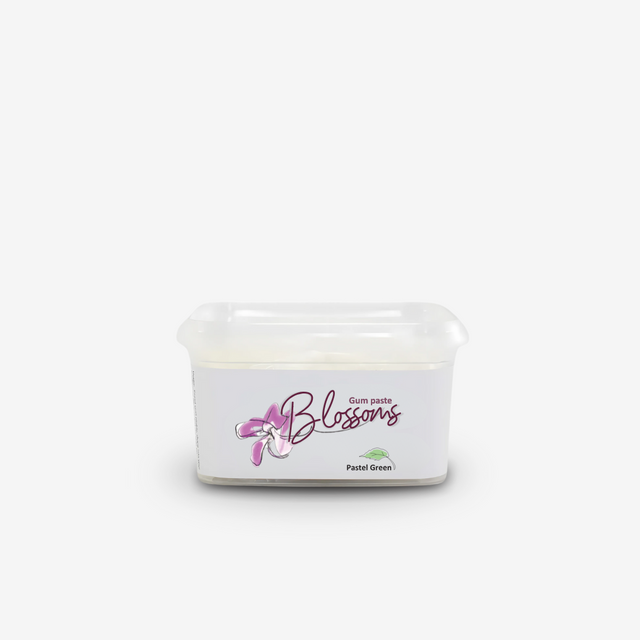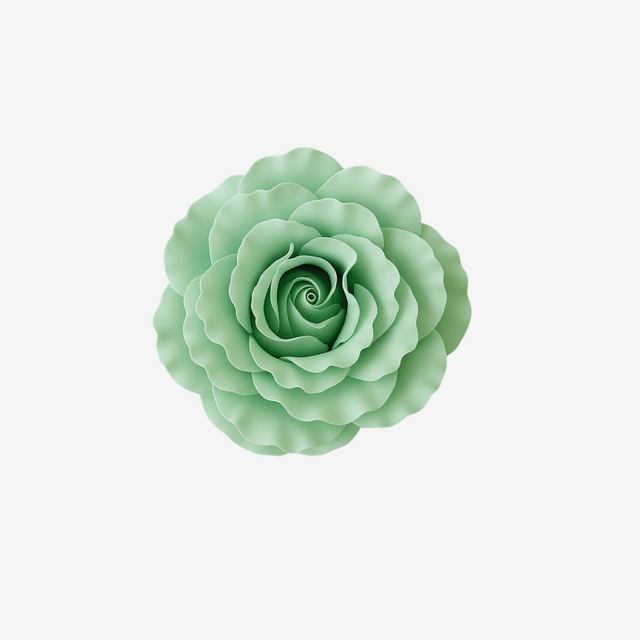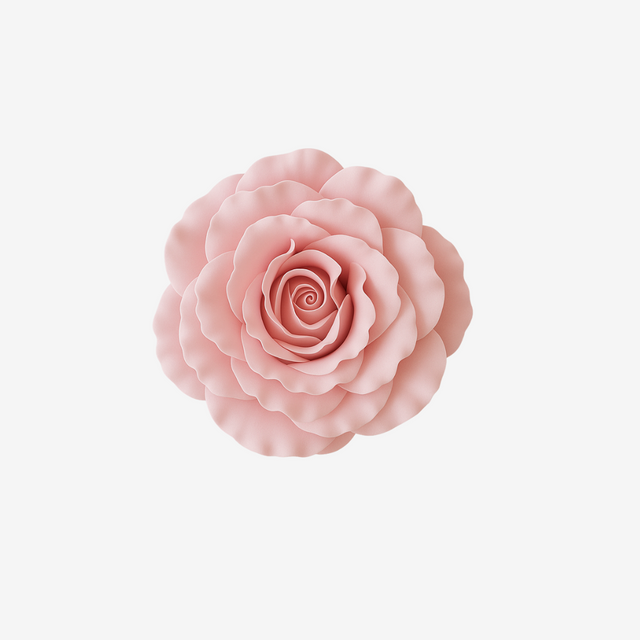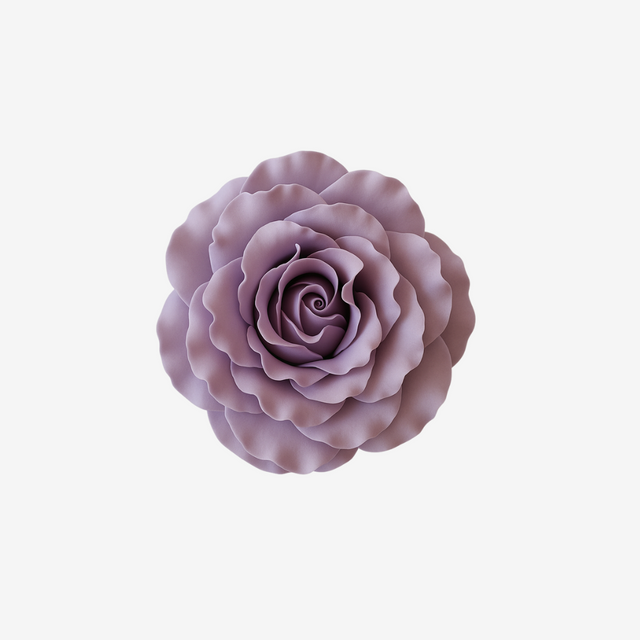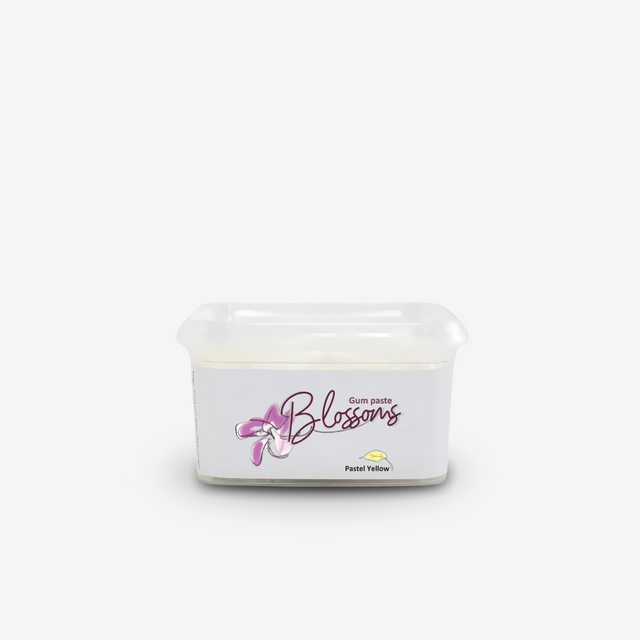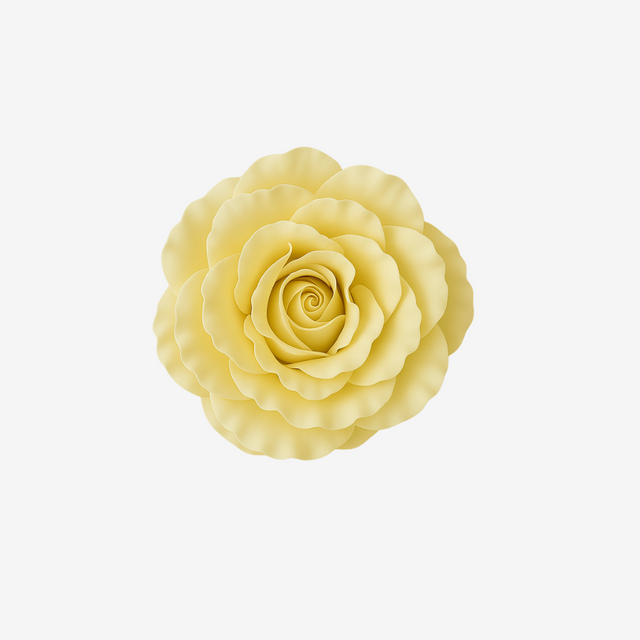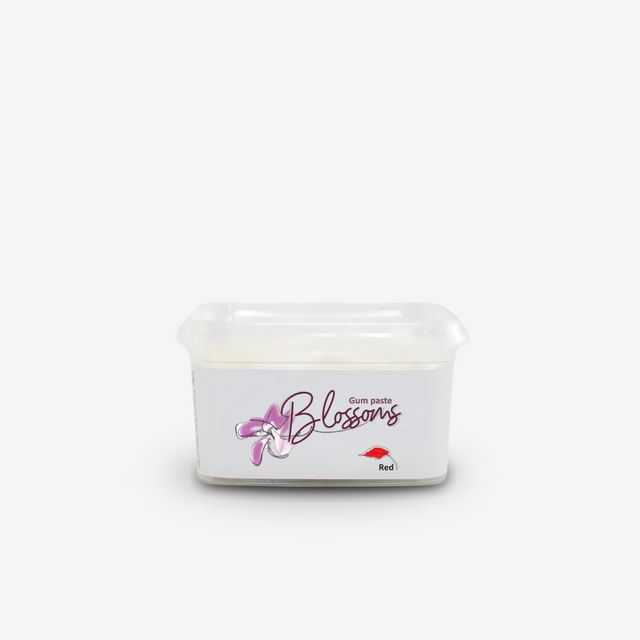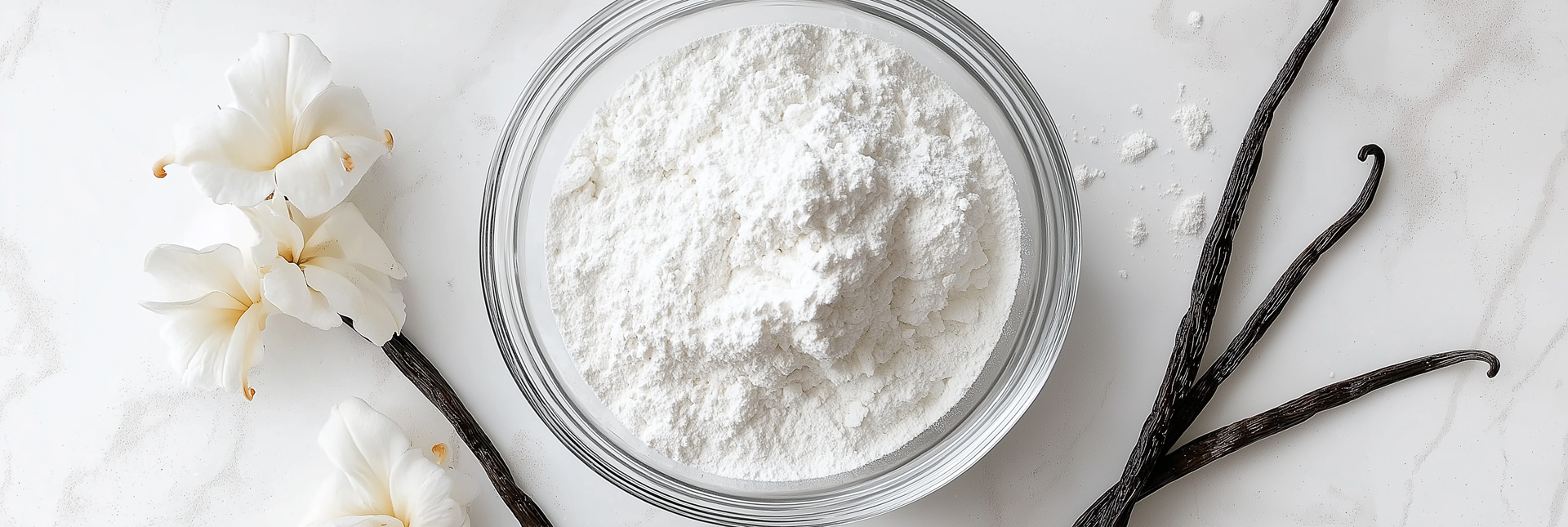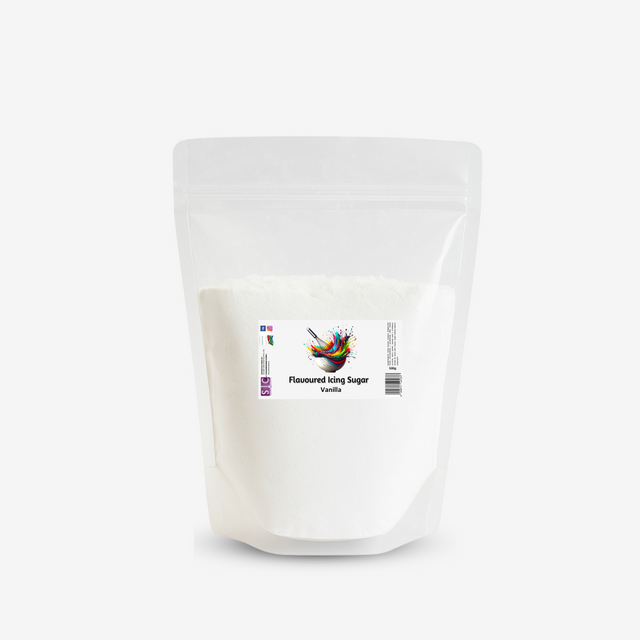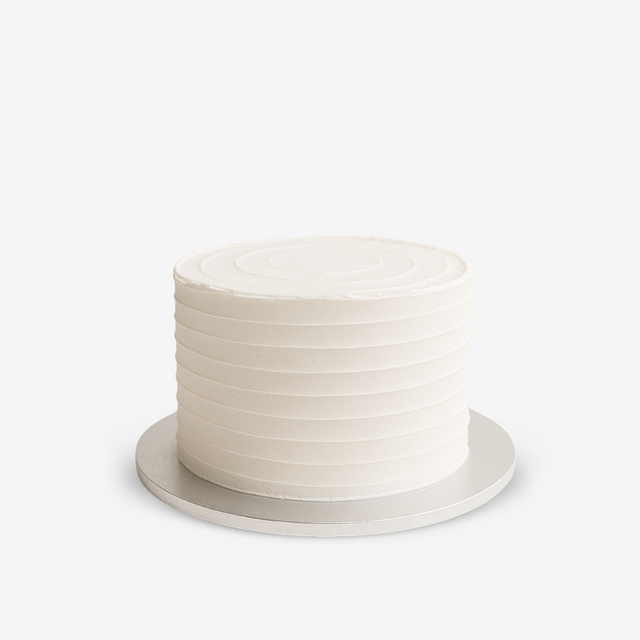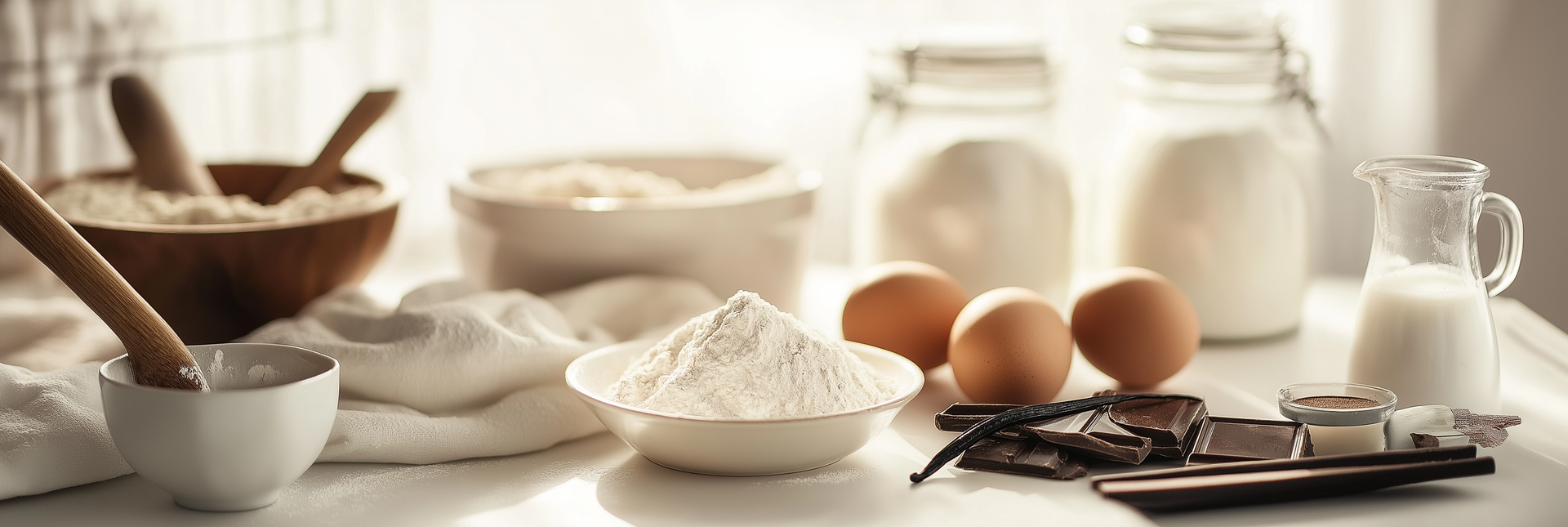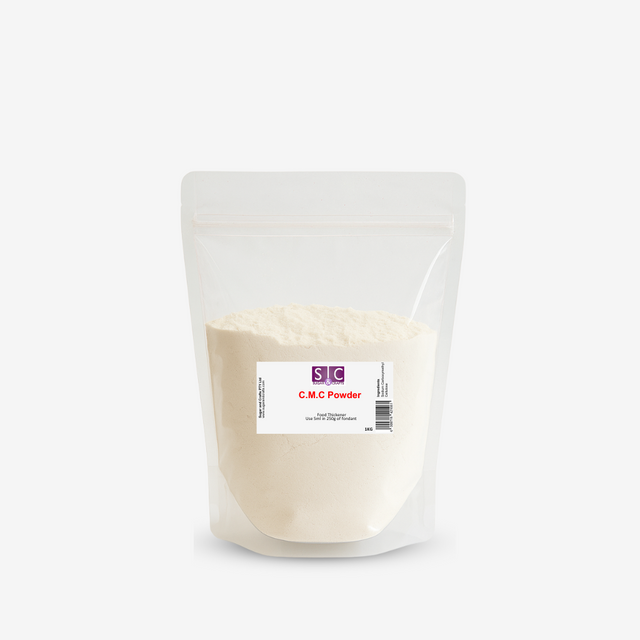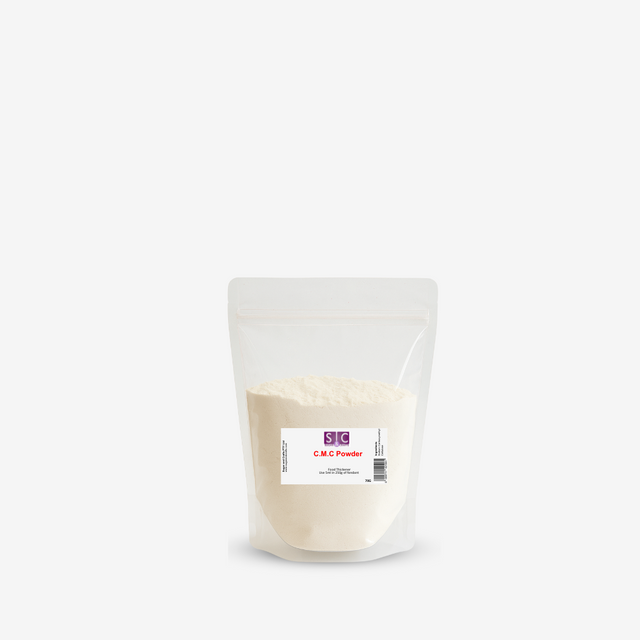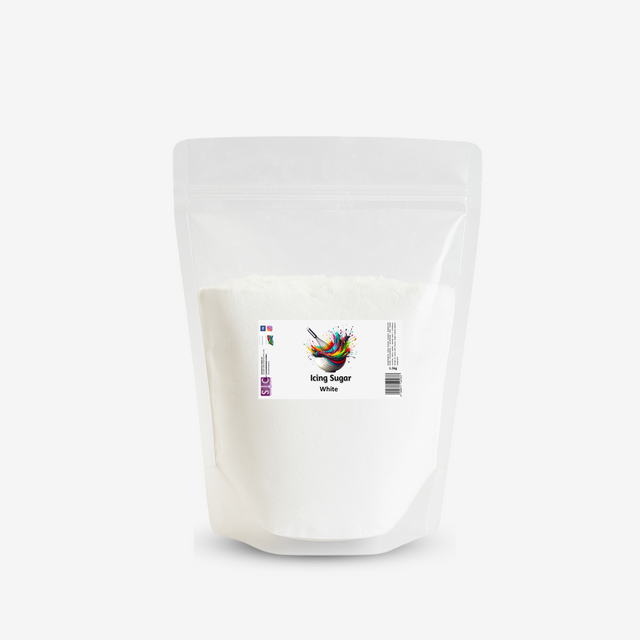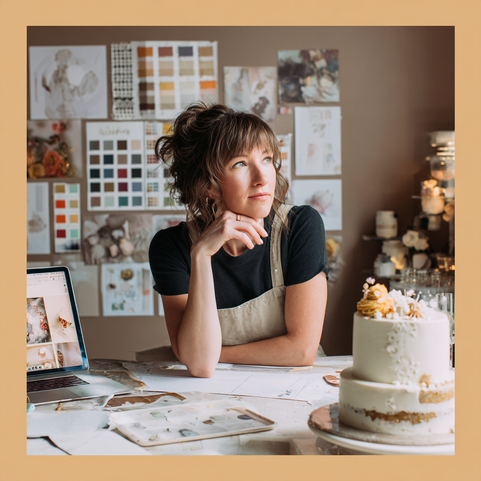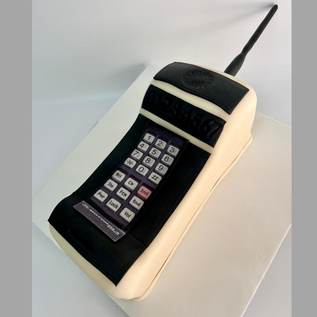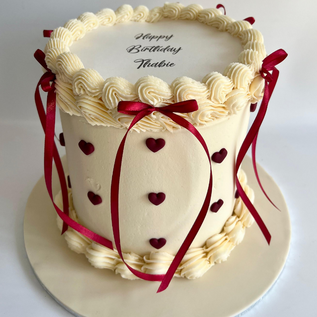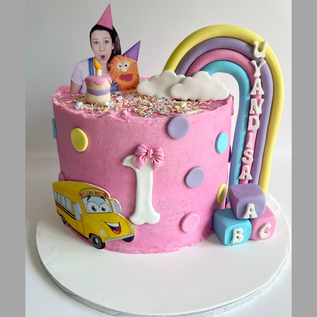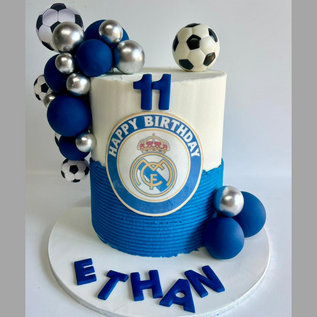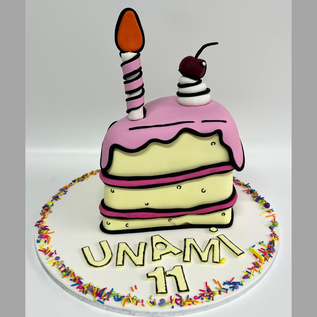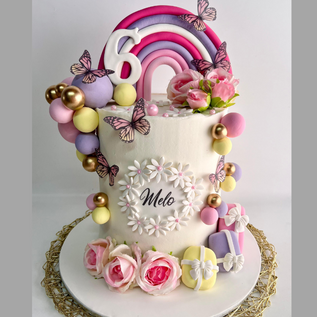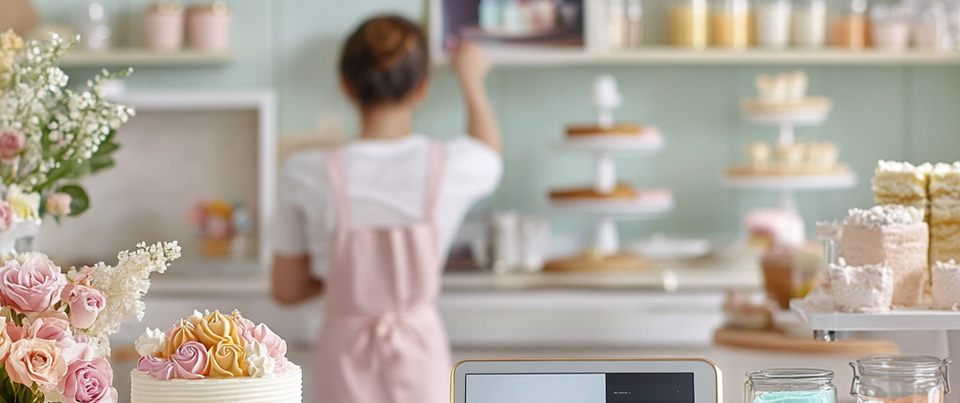Breaking Through Creative Blocks
Breaking Through Creative Blocks: 7 Mental Strategies for Professional Decorators
That familiar tightness in your chest when a client shows you a Pinterest image and asks, "Can you do something like this?" The split second where your mind races through everything that could go wrong. The quiet voice whispering that maybe you're not quite ready for this level of work.
If you're nodding along, you're in excellent company. Every professional decorator faces these moments of uncertainty – the question isn't whether they'll happen, but how you'll respond when they do. The decorators who thrive aren't the ones who never doubt themselves; they're the ones who've developed reliable systems for pushing through creative paralysis and delivering exceptional work despite their inner critic.
These seven psychology-backed strategies will help you build unshakeable creative confidence while maintaining the professional standards your clients expect.
Why Creative Confidence Matters More Than Perfect Technique
Before diving into specific techniques, it's worth understanding why mental strategies matter as much as your piping skills. Creative confidence directly impacts your ability to problem-solve under pressure, take on challenging projects, and command premium pricing for your expertise.
When self-doubt takes over, it doesn't just feel uncomfortable – it actively interferes with your creative process. Research in cognitive psychology shows that rumination about competence uses the same mental resources needed for complex problem-solving. Essentially, when you're questioning whether you're skilled enough, you're not fully present for the creative work itself.
Professional decorators who consistently deliver exceptional work have learned to manage their mental state as carefully as they manage their workspace temperature or ingredient quality.
Strategy 1: Document Your Competence History
Create a comprehensive record of your decorating victories – not just the Instagram-worthy final shots, but the challenges you've overcome along the way. Include photos of complex structures you've engineered, colour schemes you've developed, and problems you've solved under pressure.
This isn't about ego-stroking; it's about building factual evidence of your capabilities. When uncertainty strikes during a challenging project, this documented history provides concrete proof of your problem-solving abilities.
Include client feedback, successful delivery photos, and notes about techniques you've mastered. Pay special attention to moments when you felt uncertain but pushed through successfully – these are particularly powerful reminders of your resilience.
Strategy 2: Reframe Uncertainty as Professional Growth
Instead of viewing unfamiliar techniques or challenging requests as threats to your reputation, recognize them as expansion opportunities. Every decorator's career is built on a series of "first times" – your first wedding cake, your first sugar flower arrangement, your first sculpted figure.
When a project pushes your boundaries, you're not being asked to do something you can't handle – you're being invited to grow your expertise. This shift in perspective transforms anxiety into anticipation and helps you approach challenges with curiosity rather than fear.
Consider keeping a "Growth Log" where you record new techniques attempted, lessons learned, and skills developed through challenging projects. This practice reinforces the connection between uncertainty and professional development.
Strategy 3: Create Structured Skill Challenges
Rather than waiting for challenging projects to push your boundaries, proactively design your own skill-building exercises. This systematic approach builds competence while removing the pressure of client expectations.
Choose techniques that stretch your current abilities without overwhelming you. If intricate piping work feels intimidating, dedicate practice sessions to mastering one element at a time – perhaps focusing on consistent pressure control before attempting complex patterns.
This controlled practice environment allows you to experiment, make mistakes, and develop muscle memory without the stakes of a paying project. The confidence gained through deliberate practice translates directly to client work.
"This controlled practice environment allows you to experiment, make mistakes, and develop muscle memory without the stakes of a paying project."
Strategy 4: Develop Project-Specific Preparation Rituals
Before beginning any challenging project, create a systematic approach to mental and technical preparation. This might include reviewing reference materials, sketching design elements, testing colour combinations, or practising specific techniques.
The key is consistency – following the same preparation process for every challenging project builds familiarity and reduces uncertainty. Your ritual becomes a bridge between doubt and action, providing structure when emotions feel chaotic.
Include both technical and mental components in your ritual. Technical preparation might involve testing new recipes or practising unfamiliar techniques. Mental preparation could include visualising successful completion or reviewing past victories.
Taking Stock: Where We Are So Far
We've covered four foundational strategies for building creative confidence: documenting your proven competence, reframing uncertainty as growth, creating structured skill challenges, and developing preparation rituals. These first four approaches focus on building evidence and systems that support your confidence before you even begin a challenging project.
The remaining three strategies shift focus to managing confidence during active work and building long-term support systems. Think of the first four as your foundation and the final three as your ongoing maintenance tools.
"Clients choose professional decorators precisely because they want the artistry and personal touch that only human hands can create."
Strategy 5: Build Strategic Support Networks
Connect with other professional decorators who understand the unique pressures of client work and tight deadlines. These relationships provide both emotional support and practical problem-solving resources.
When you encounter a technique you've never attempted, having trusted colleagues to consult can transform overwhelming challenges into manageable puzzles. Sometimes the solution is as simple as getting perspective from someone who's faced similar situations.
These professional relationships also normalise the experience of uncertainty. Hearing established decorators discuss their own moments of doubt helps you recognize these feelings as part of professional growth rather than signs of inadequacy.
Strategy 6: Teach What You Know to Build Confidence
Nothing solidifies your confidence like explaining techniques to others. Whether mentoring newer decorators, creating tutorial content, or answering questions in professional groups, teaching reinforces your own expertise while building your reputation as a knowledgeable professional.
When you can clearly explain why you choose certain techniques or how to troubleshoot common problems, you're demonstrating mastery not just to others, but to yourself. This external validation of your knowledge becomes internal confidence that serves you during challenging projects.
Consider offering informal mentoring to newer decorators, contributing to professional forums, or even creating simple video tutorials. The act of teaching forces you to articulate your knowledge clearly, which strengthens your own understanding and builds confidence in your expertise.
Strategy 7: Redefine Professional Standards
Professional cake decorating isn't about achieving machine-like perfection – it's about consistently delivering work that exceeds client expectations while showcasing your artistic interpretation. Understanding this distinction helps you maintain realistic standards that support rather than undermine your confidence.
Clients choose professional decorators precisely because they want the artistry and personal touch that only human hands can create. The slight variations and unique character in your work aren't flaws to hide – they're features that justify your professional pricing.
Focus on meeting brief requirements, maintaining structural integrity, and delivering work that reflects your artistic vision within the client's parameters. This approach maintains high standards while allowing room for the creative expression that makes your work distinctive.
Implementing Mental Strategies in Daily Practice
Begin each decorating session with a brief confidence check-in. Review recent successes, remind yourself of relevant skills you've already mastered, and set realistic expectations for the day's work. This mental preparation primes your mindset for creative problem-solving rather than self-criticism.
When uncertainty arises during a project, pause and consciously apply one of these strategies. Don't push through hoping the feelings will disappear – address them directly using the tools you've developed.
Remember that managing creative confidence is an ongoing practice, not a one-time fix. The goal isn't to eliminate uncertainty entirely but to develop reliable methods for working through it while maintaining professional standards.
The Business Impact of Creative Confidence
Strong creative confidence directly impacts your professional success in measurable ways. Confident decorators take on more challenging projects, command higher prices, and build stronger client relationships. They're more likely to suggest creative solutions and less likely to undervalue their expertise.
Clients respond to confidence during consultations, project communications, and final presentations. When you approach your work with assurance, clients feel more secure in their investment and more likely to recommend your services to others.
This confidence also enables you to price your work appropriately for your skill level. When you truly understand your own competence, you're less likely to undercharge out of uncertainty about your value.
"When you approach your work with assurance, clients feel more secure in their investment and more likely to recommend your services to others."
Moving Forward with Stronger Creative Confidence
Creative challenges will continue throughout your decorating career – they're signs that you're growing rather than problems to avoid. The most successful professional decorators aren't those who never feel uncertain; they're the ones who've developed reliable systems for channelling uncertainty into creative energy.
These seven strategies provide a framework for building unshakeable creative confidence while maintaining the professional standards your clients expect. Start with the approaches that resonate most strongly with your current challenges, then gradually incorporate additional techniques as they become relevant.
Every expert decorator once stood exactly where you are now, wondering if they were skilled enough for the work they were attempting. The difference between decorators who thrive and those who struggle isn't the absence of doubt – it's the presence of reliable strategies for moving forward despite uncertainty.
Your creative confidence isn't just about feeling better in the moment; it's about building the mental resilience needed for a sustainable, profitable decorating career. These strategies will serve you well as you continue growing your expertise and expanding your professional capabilities.
Read article

